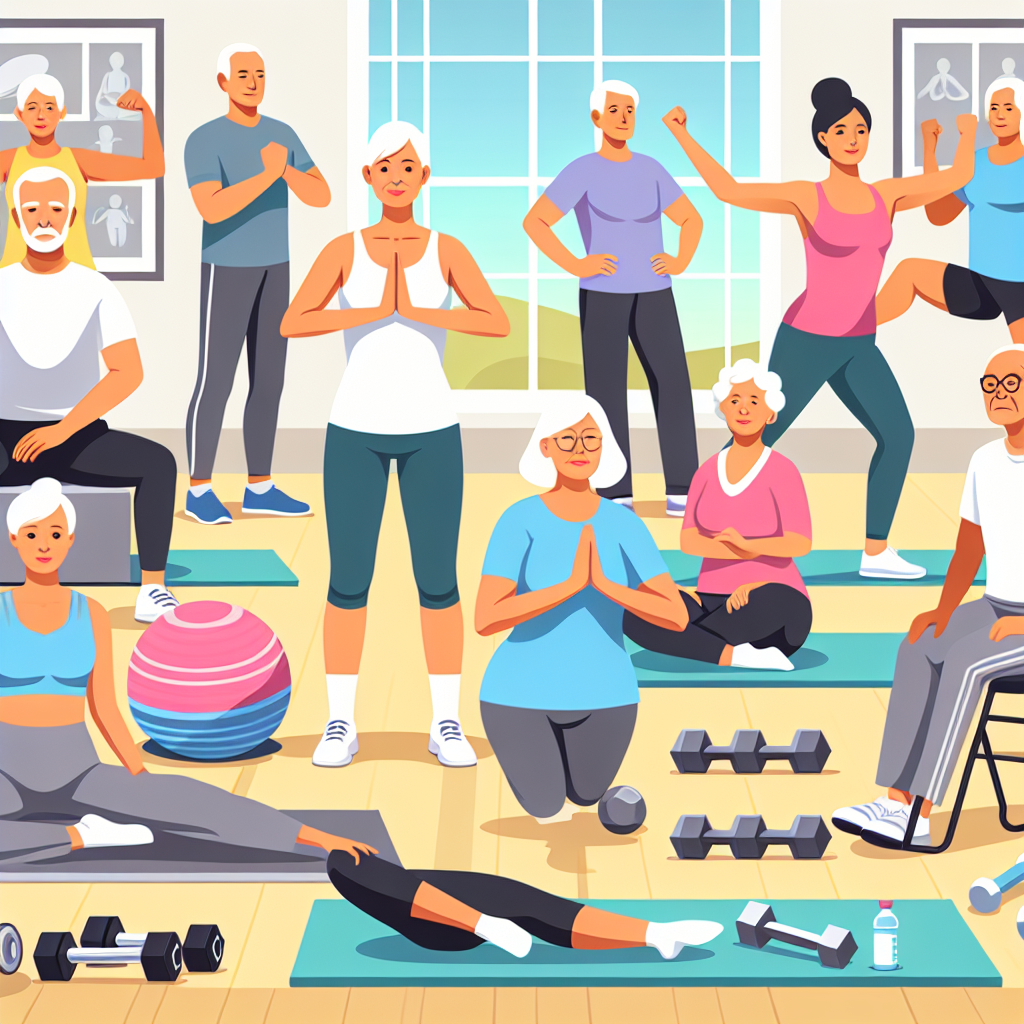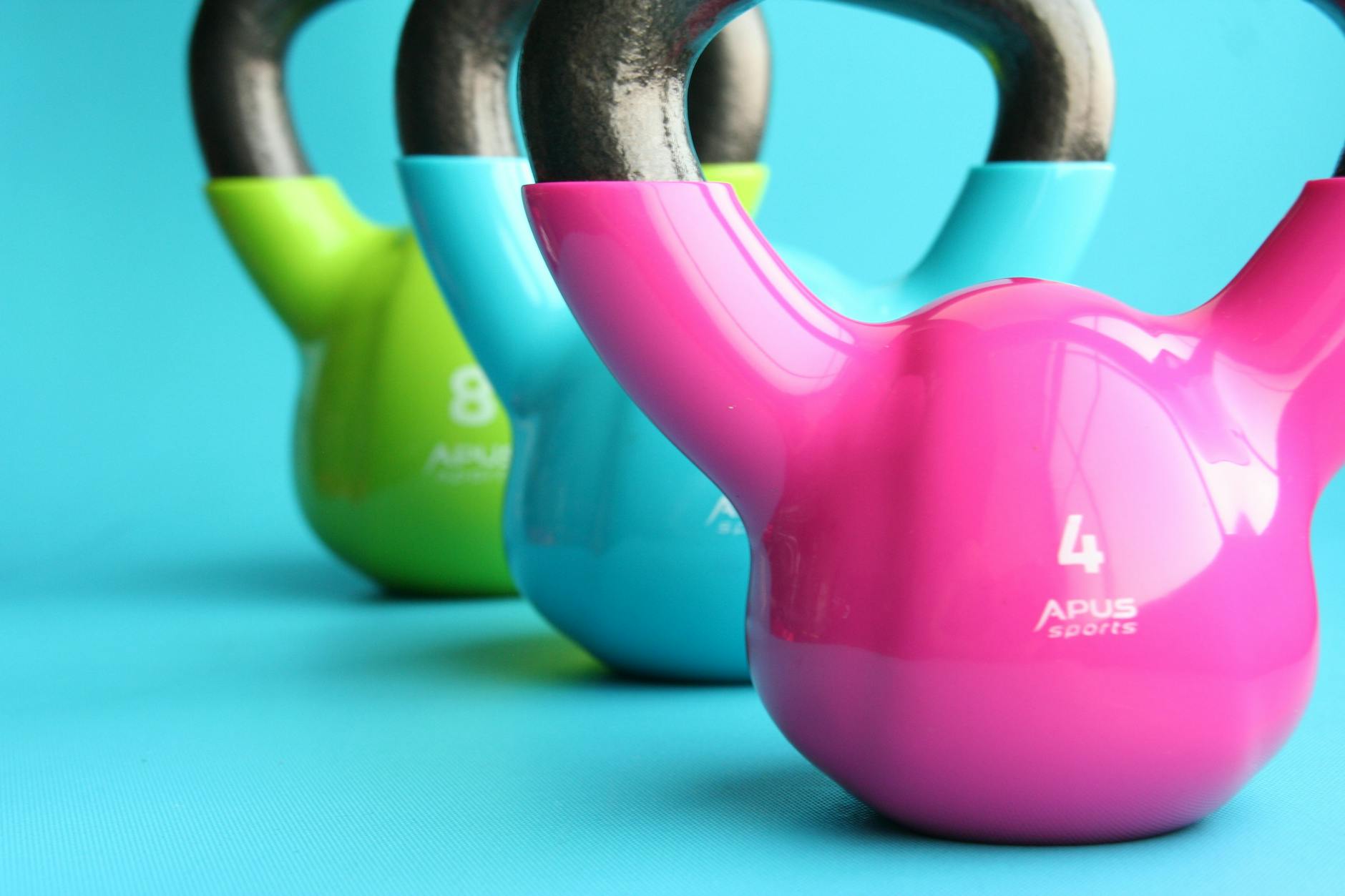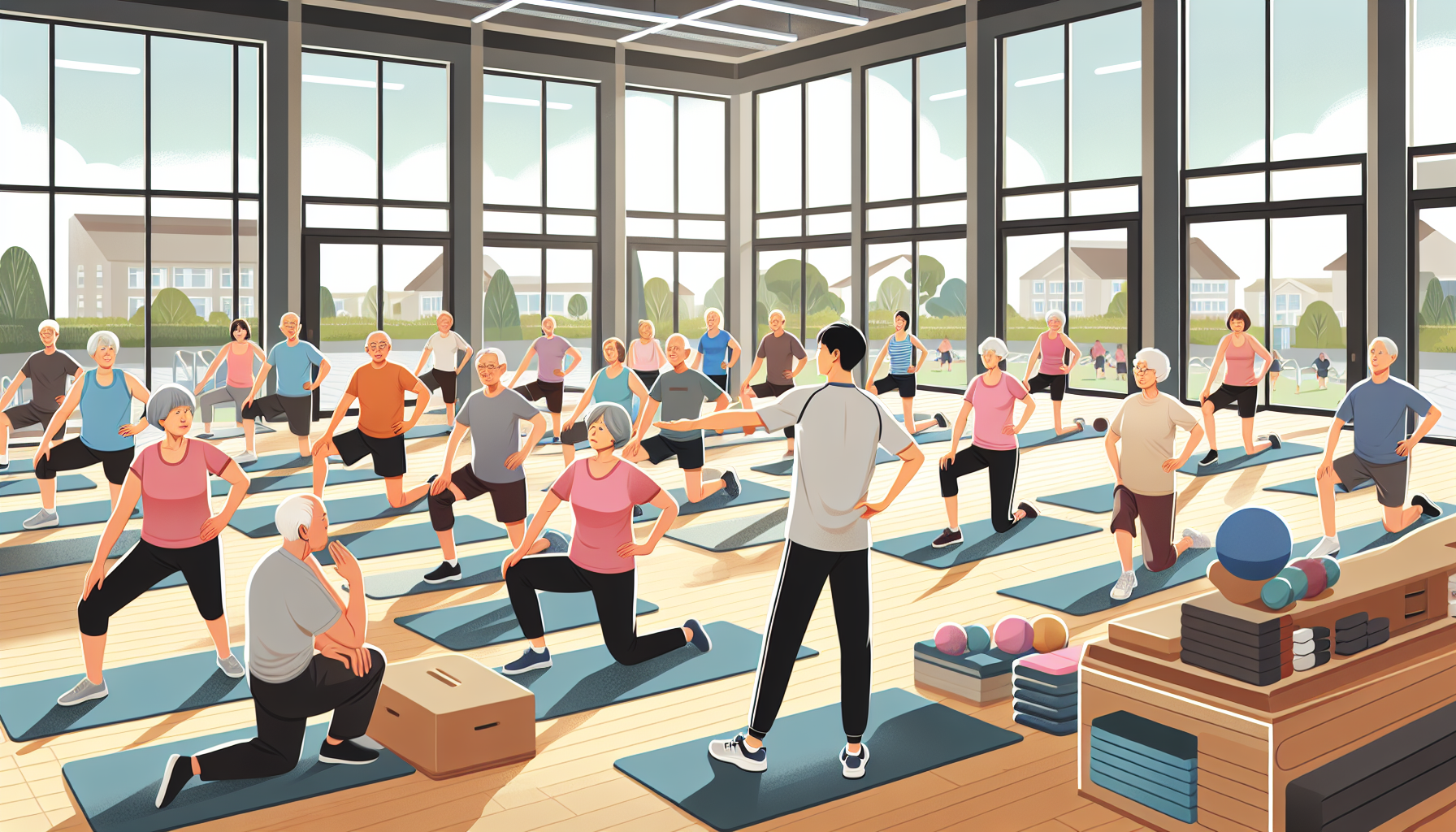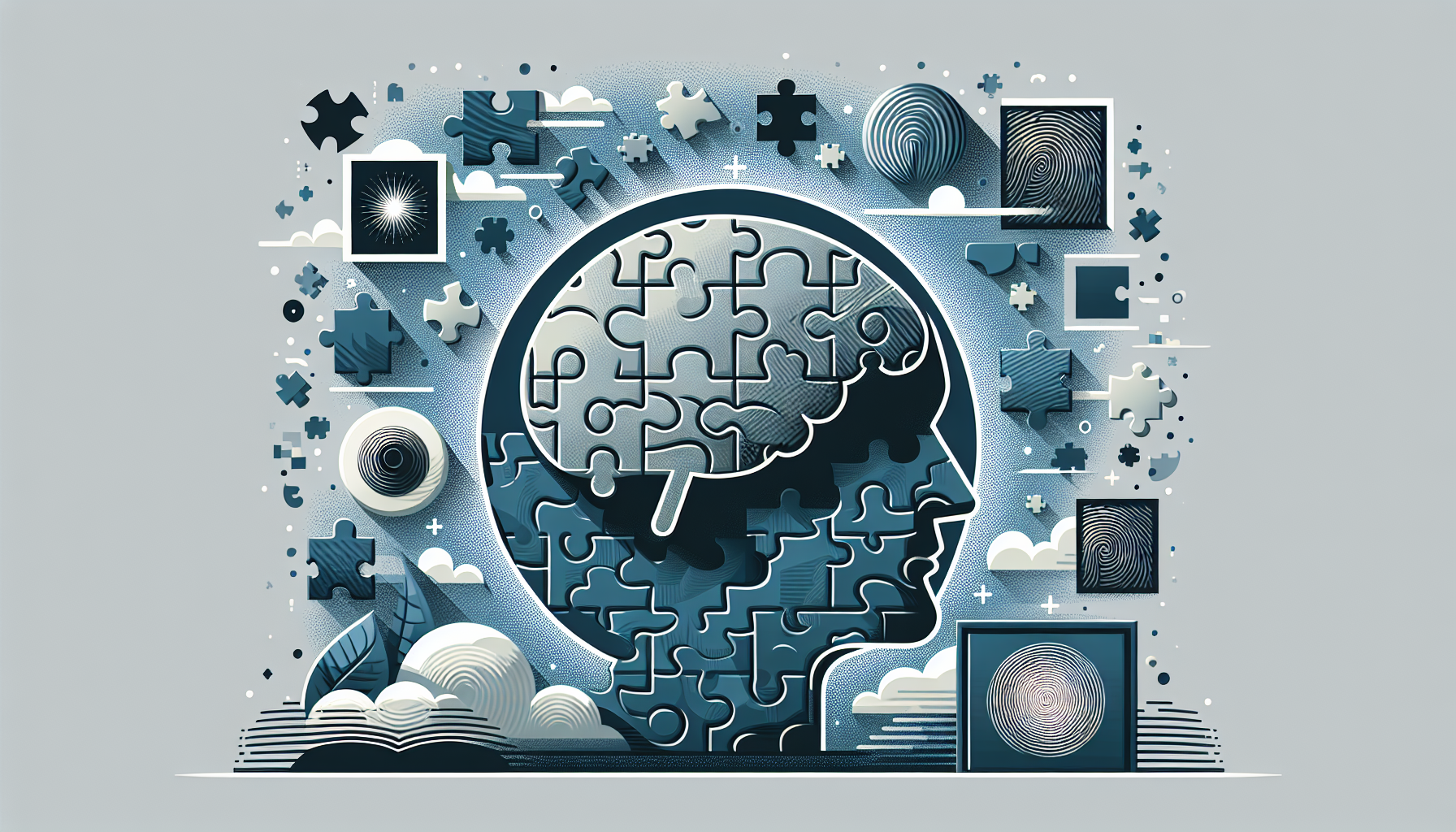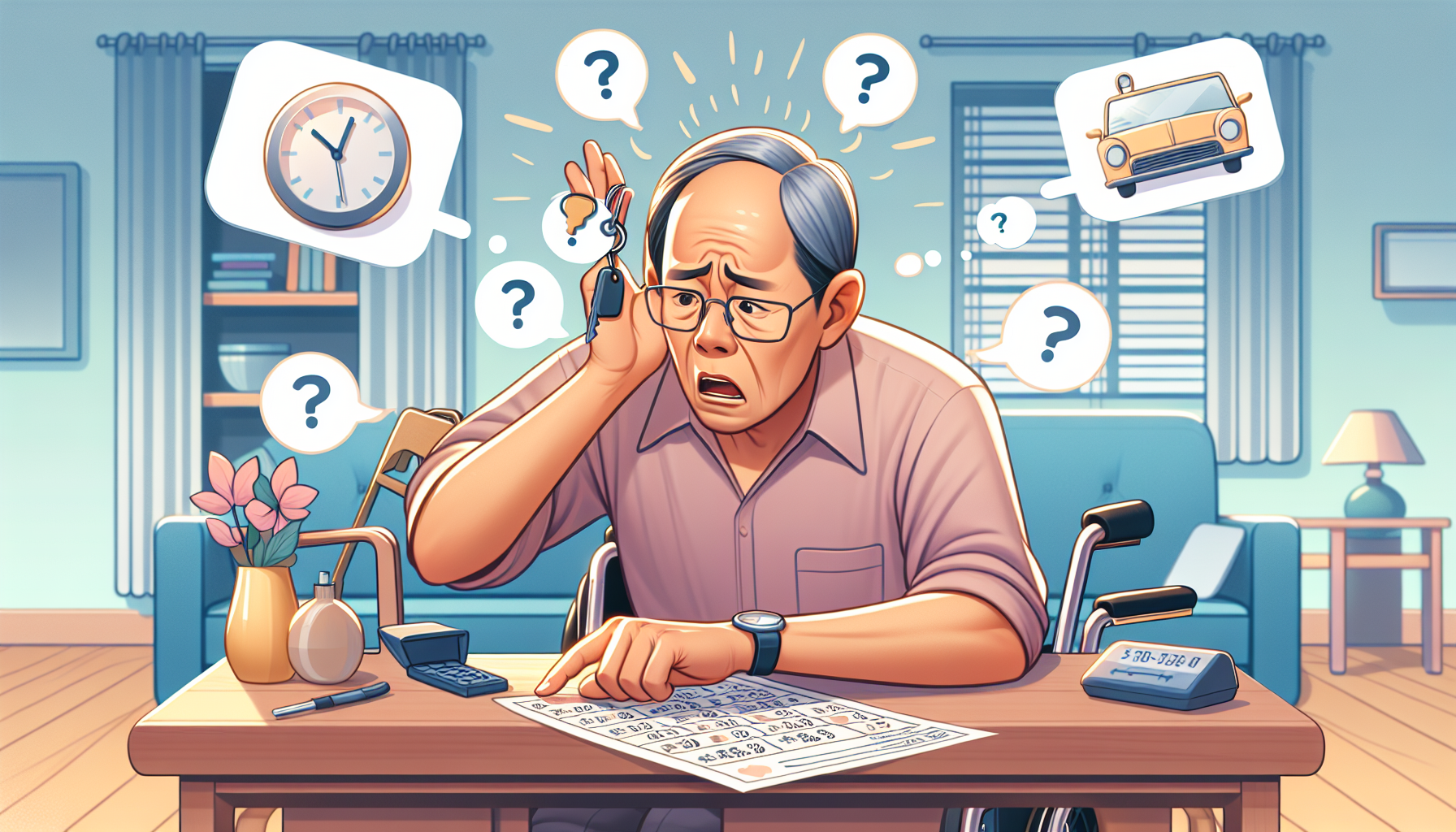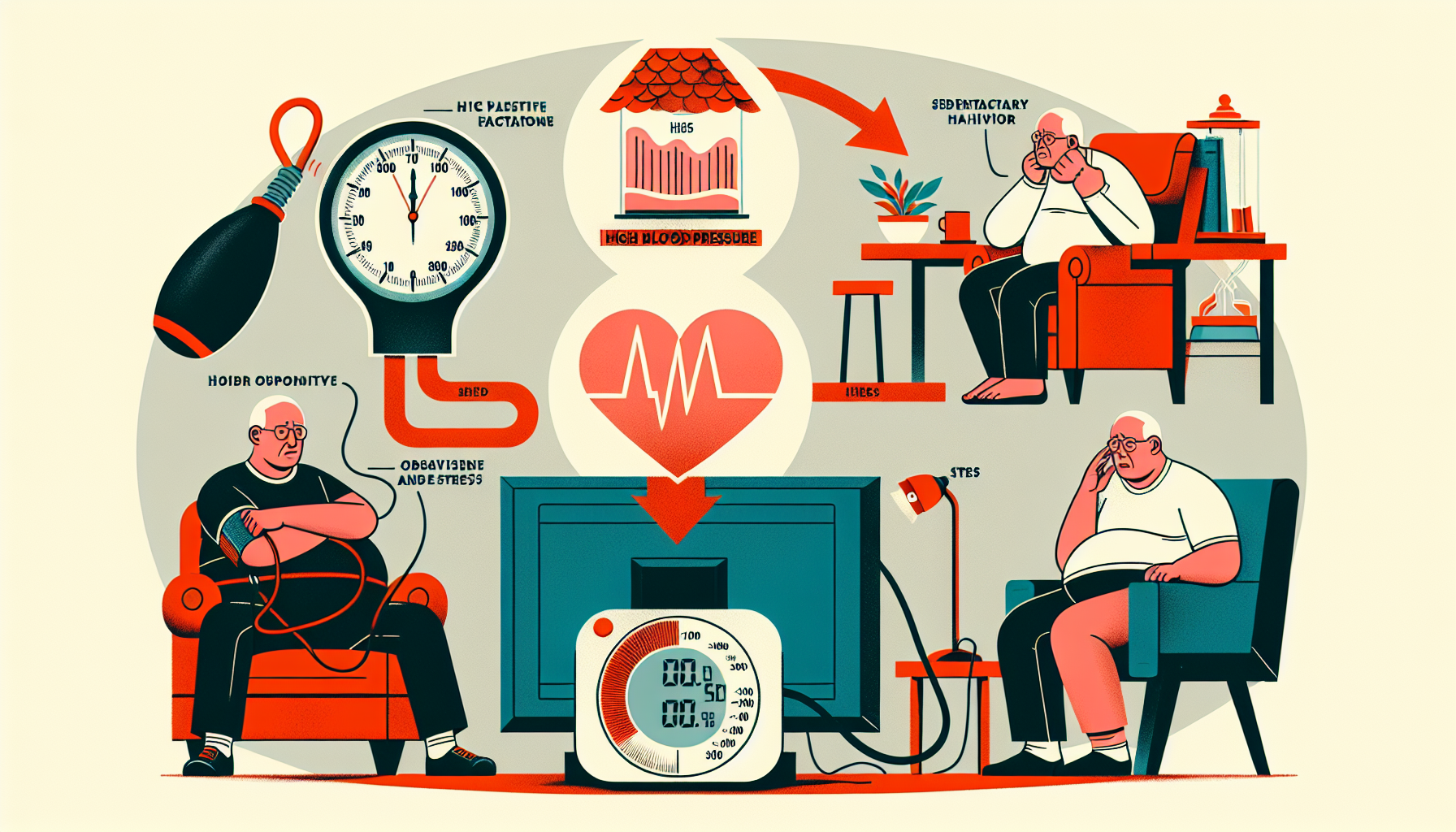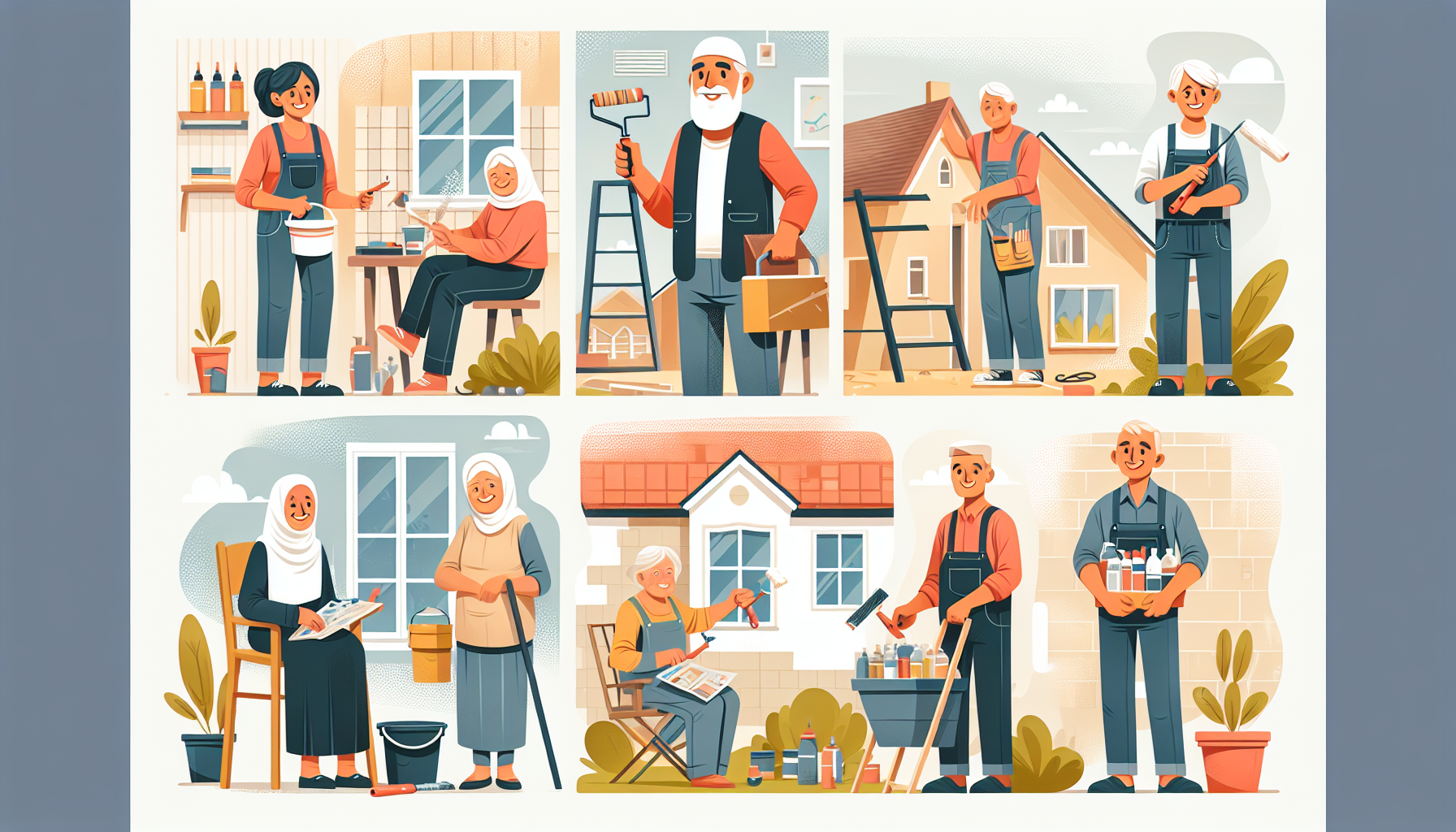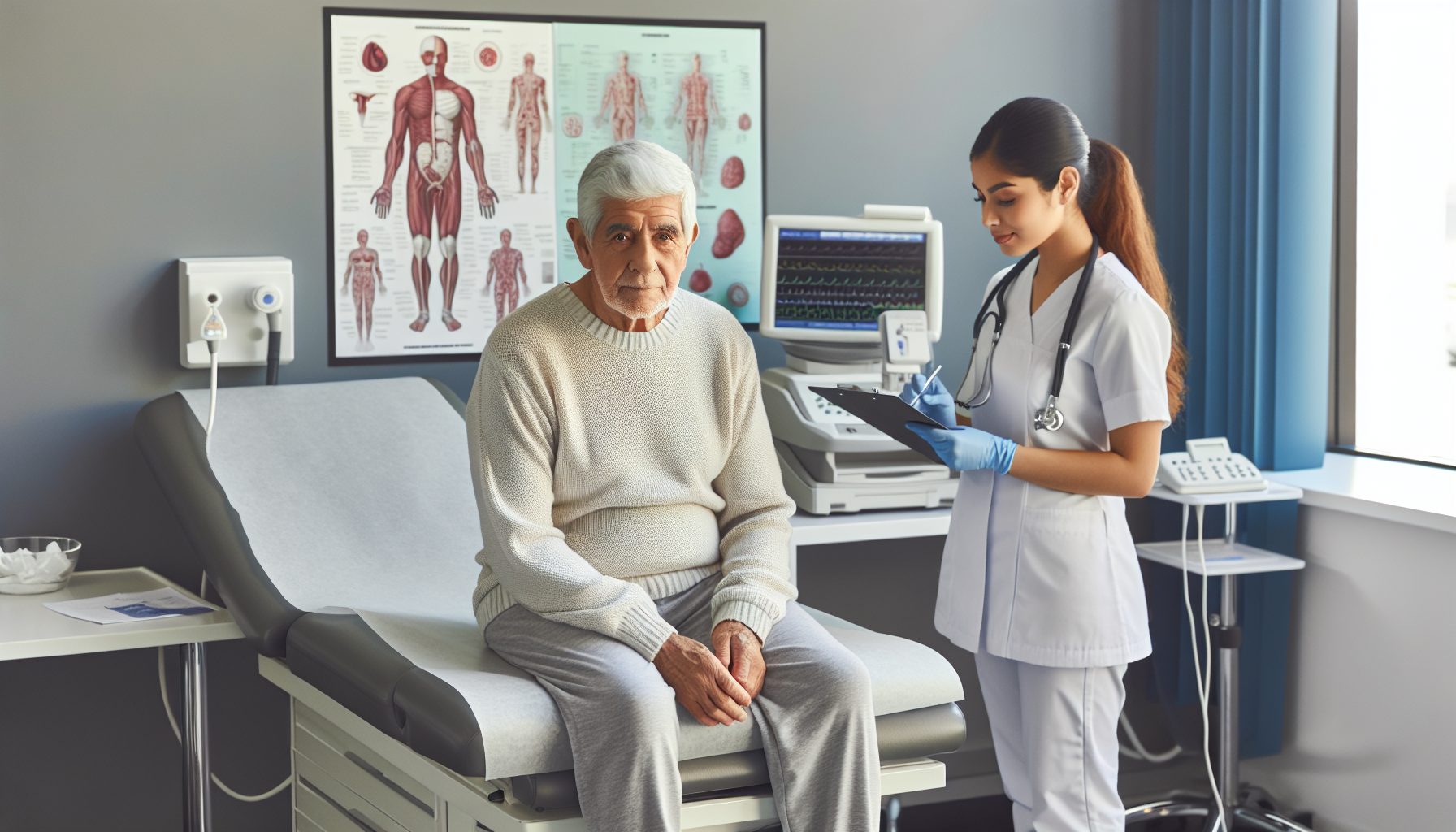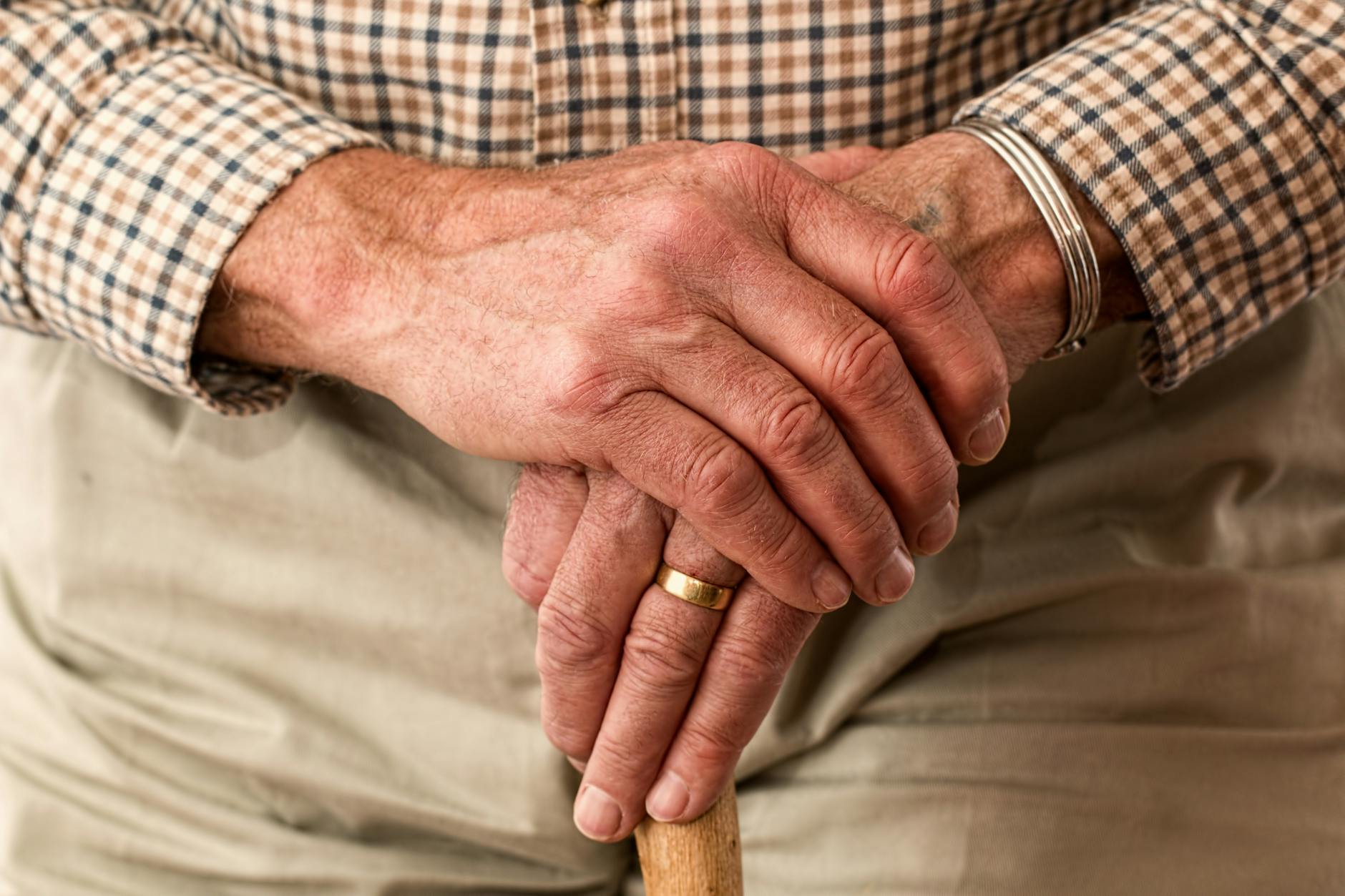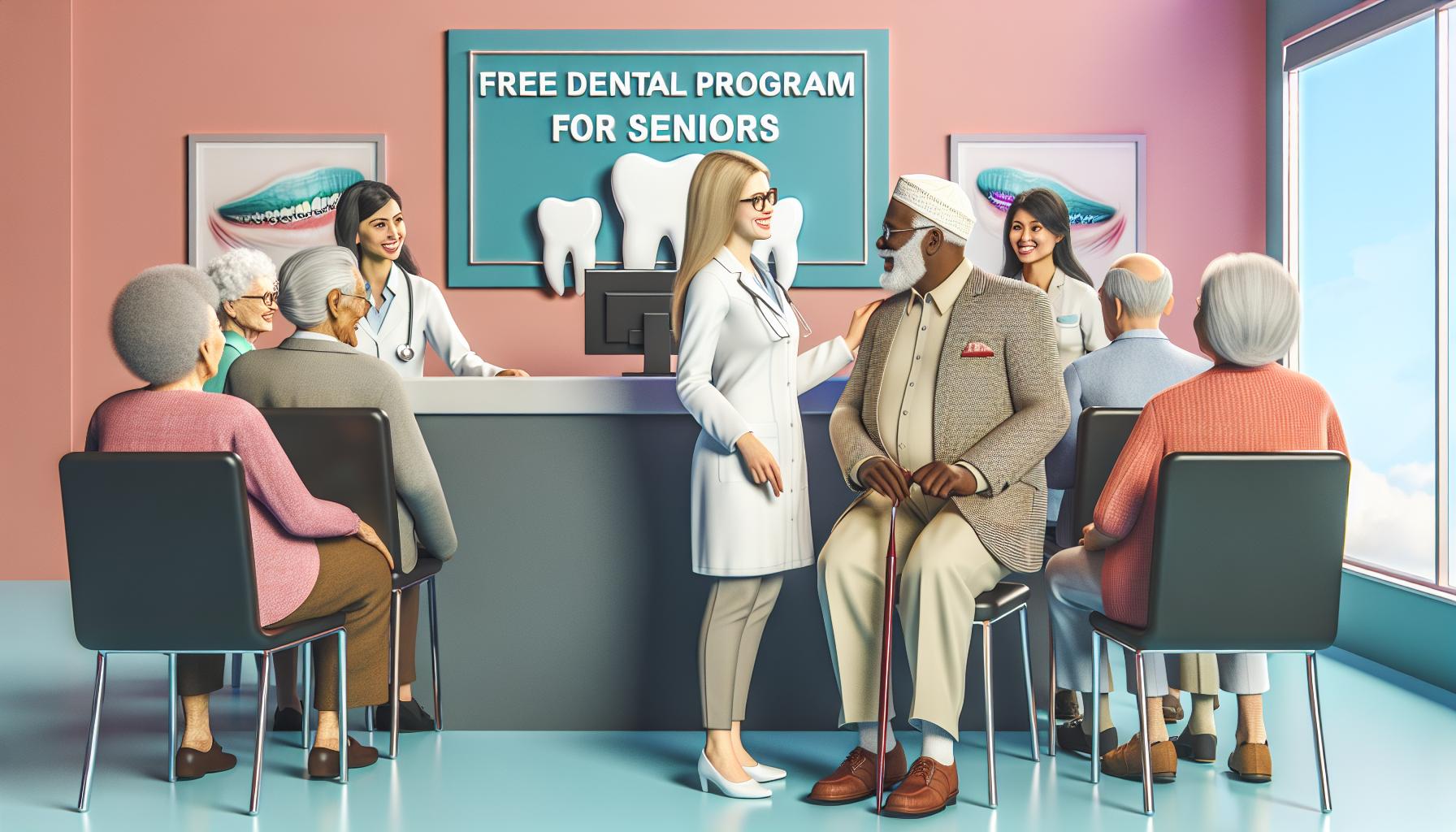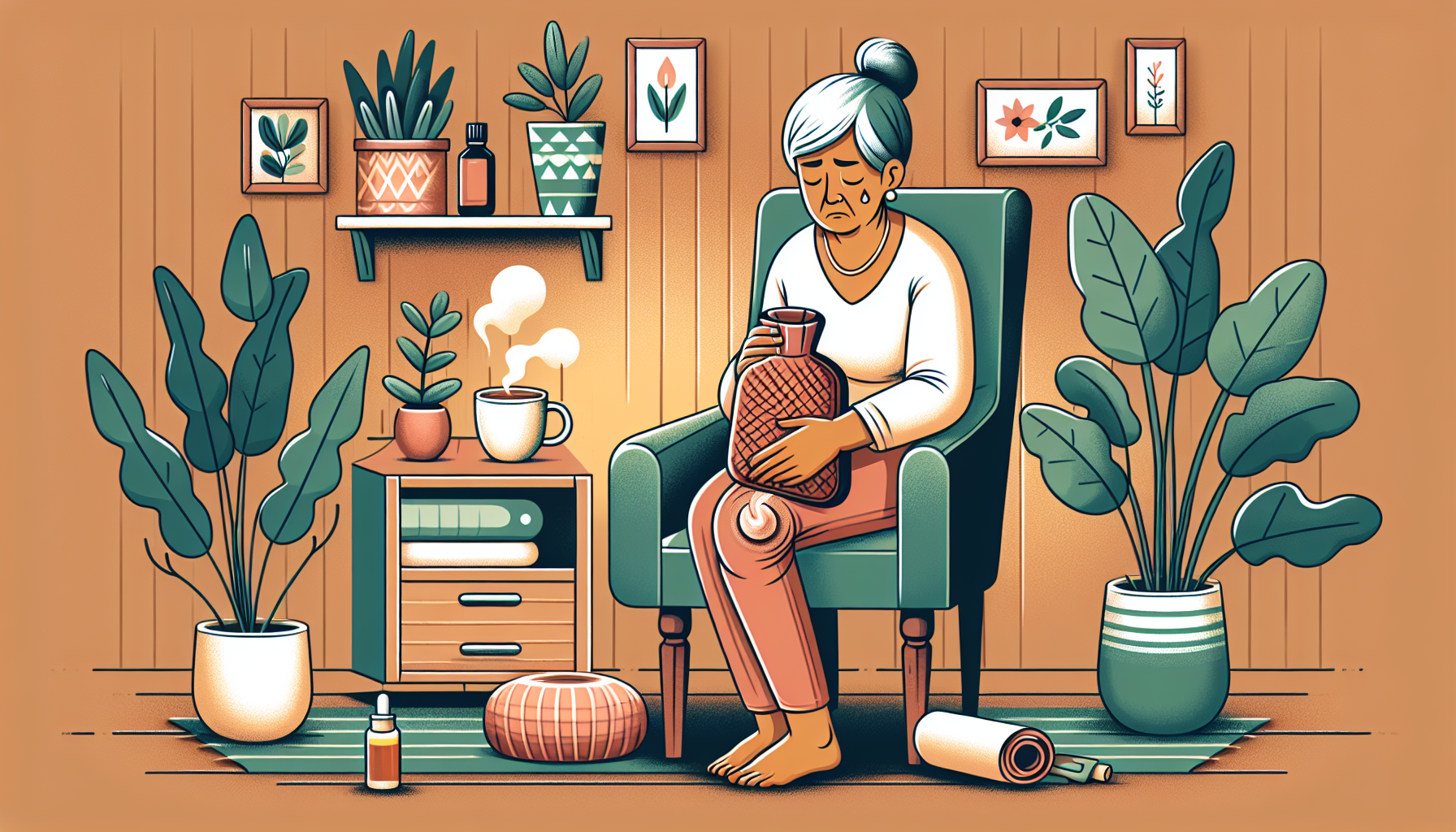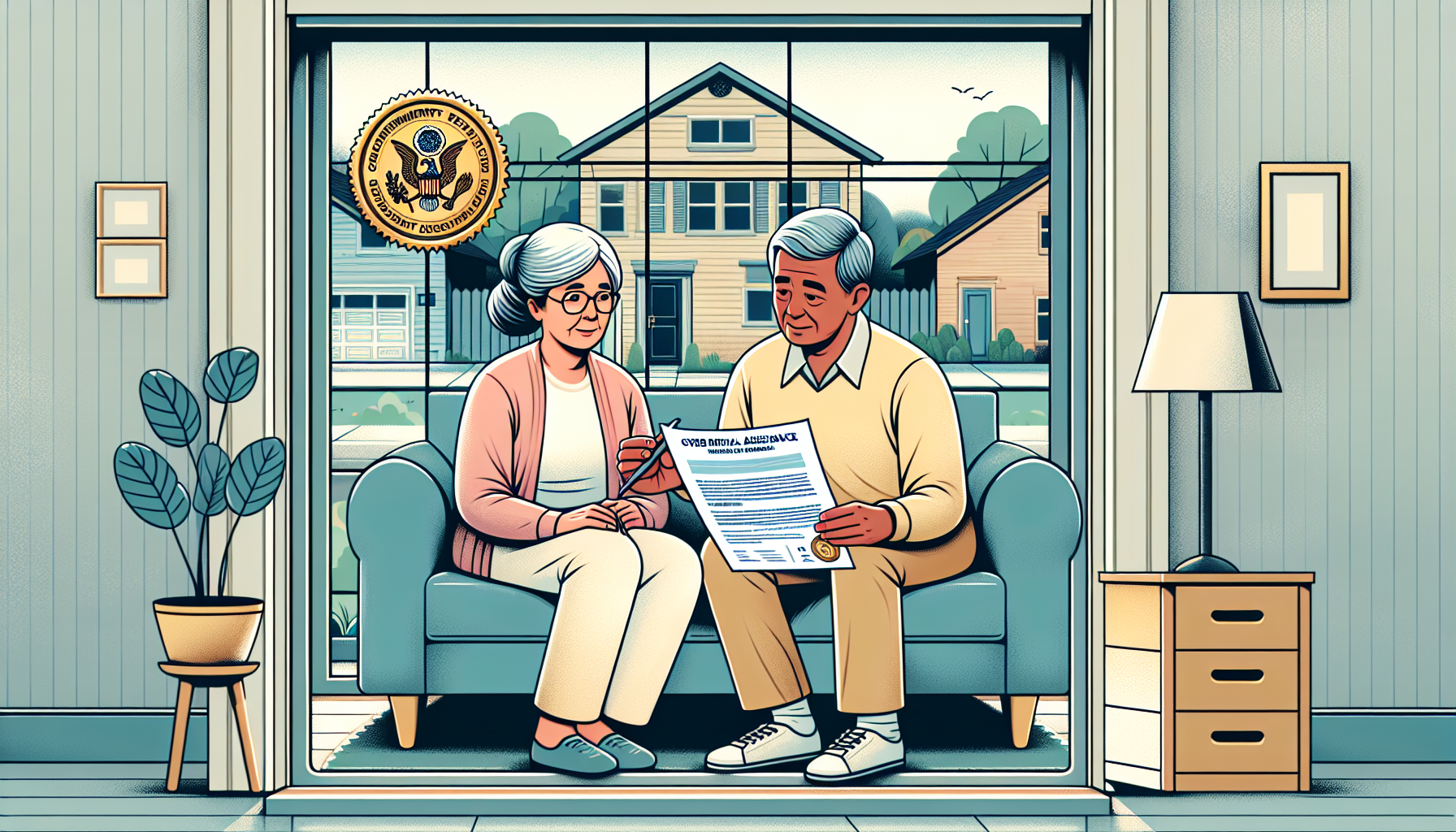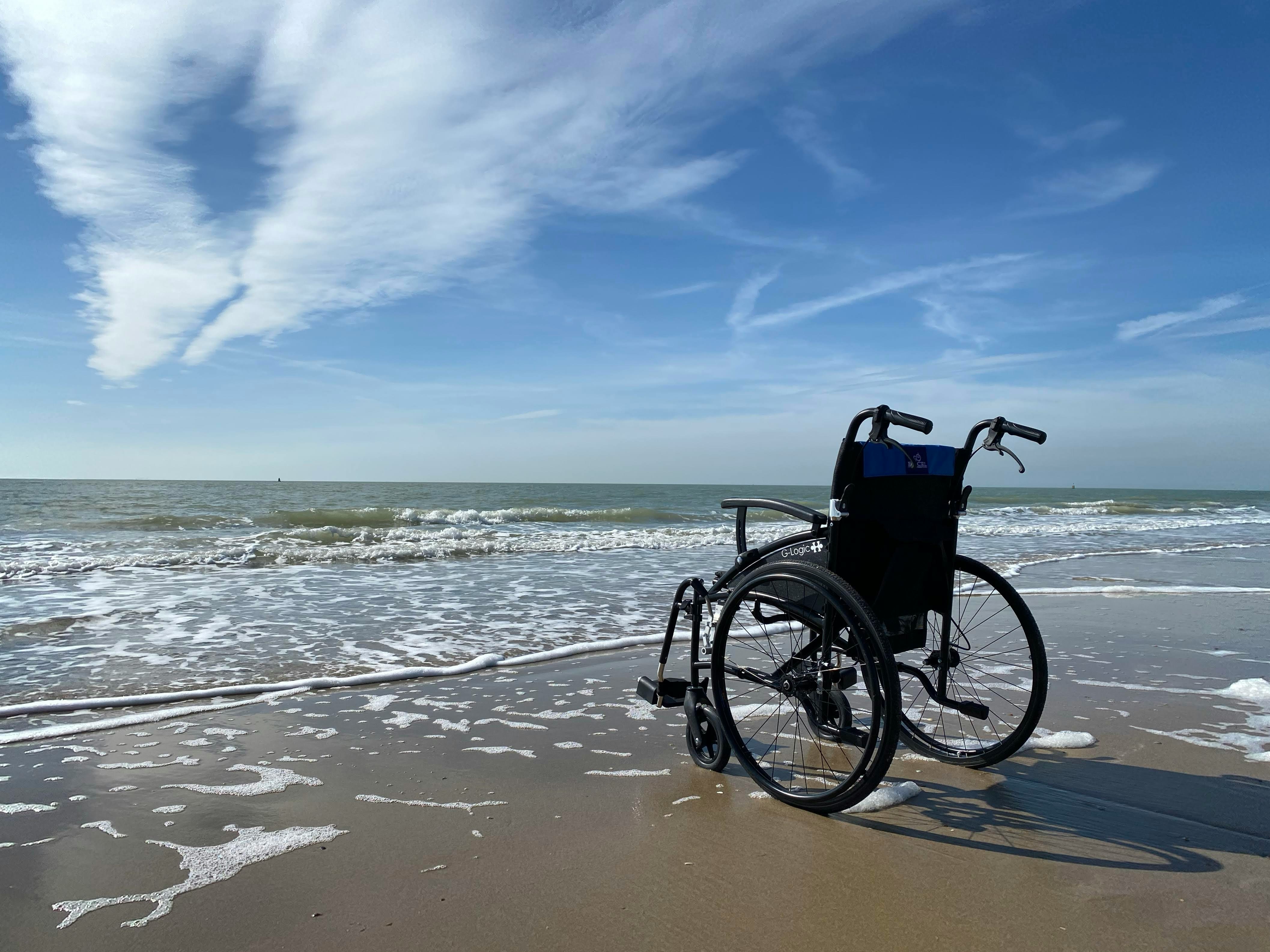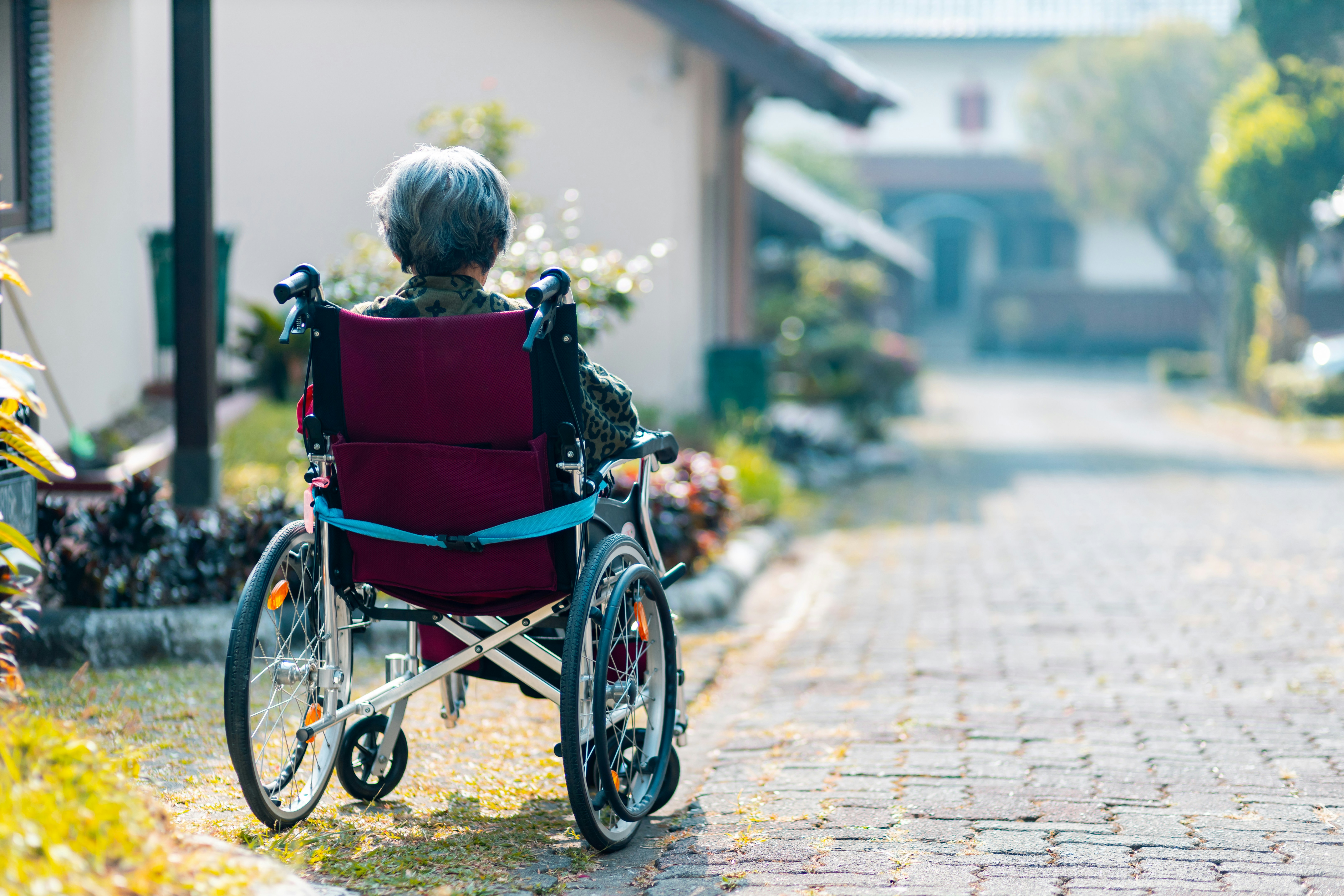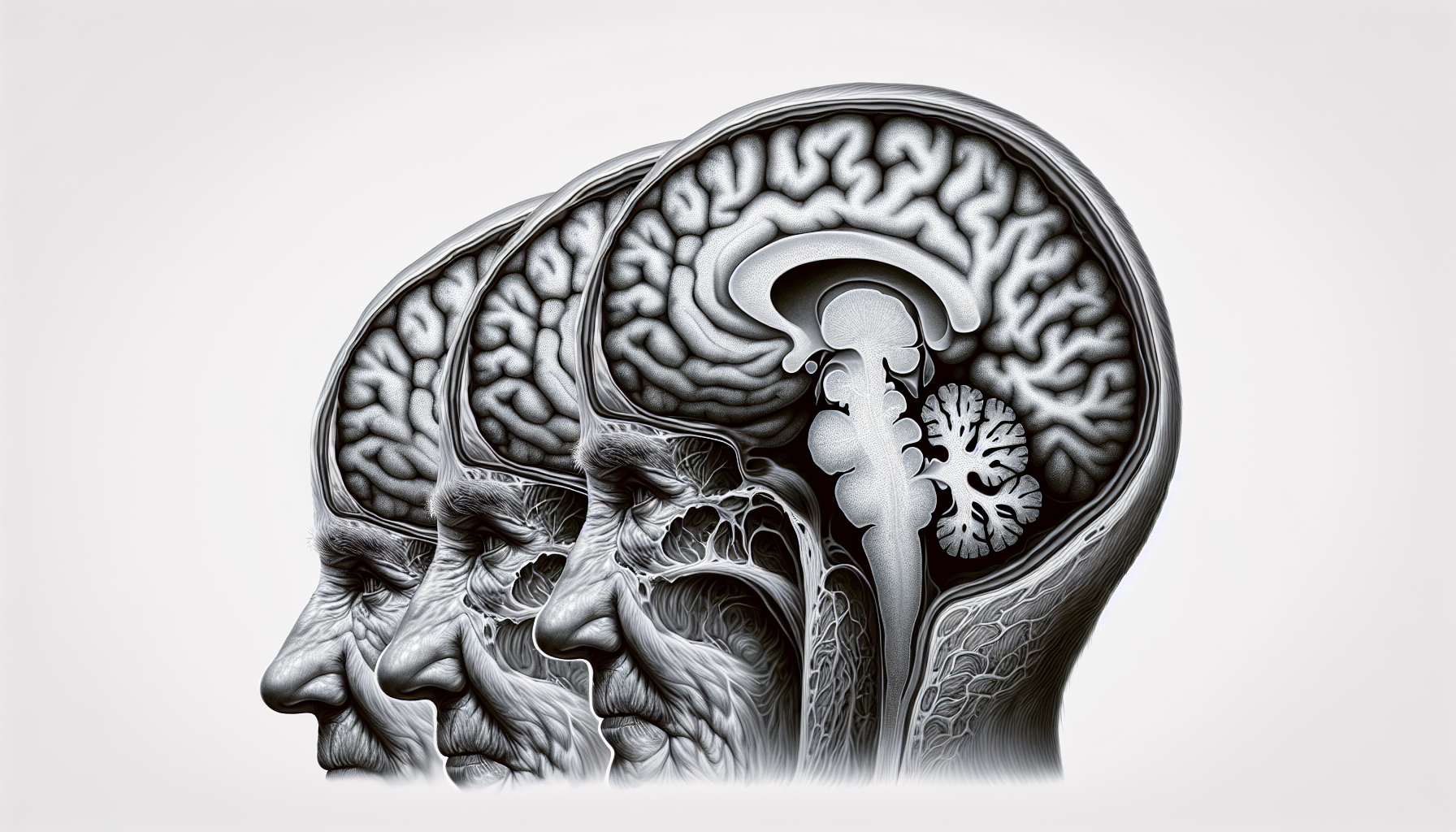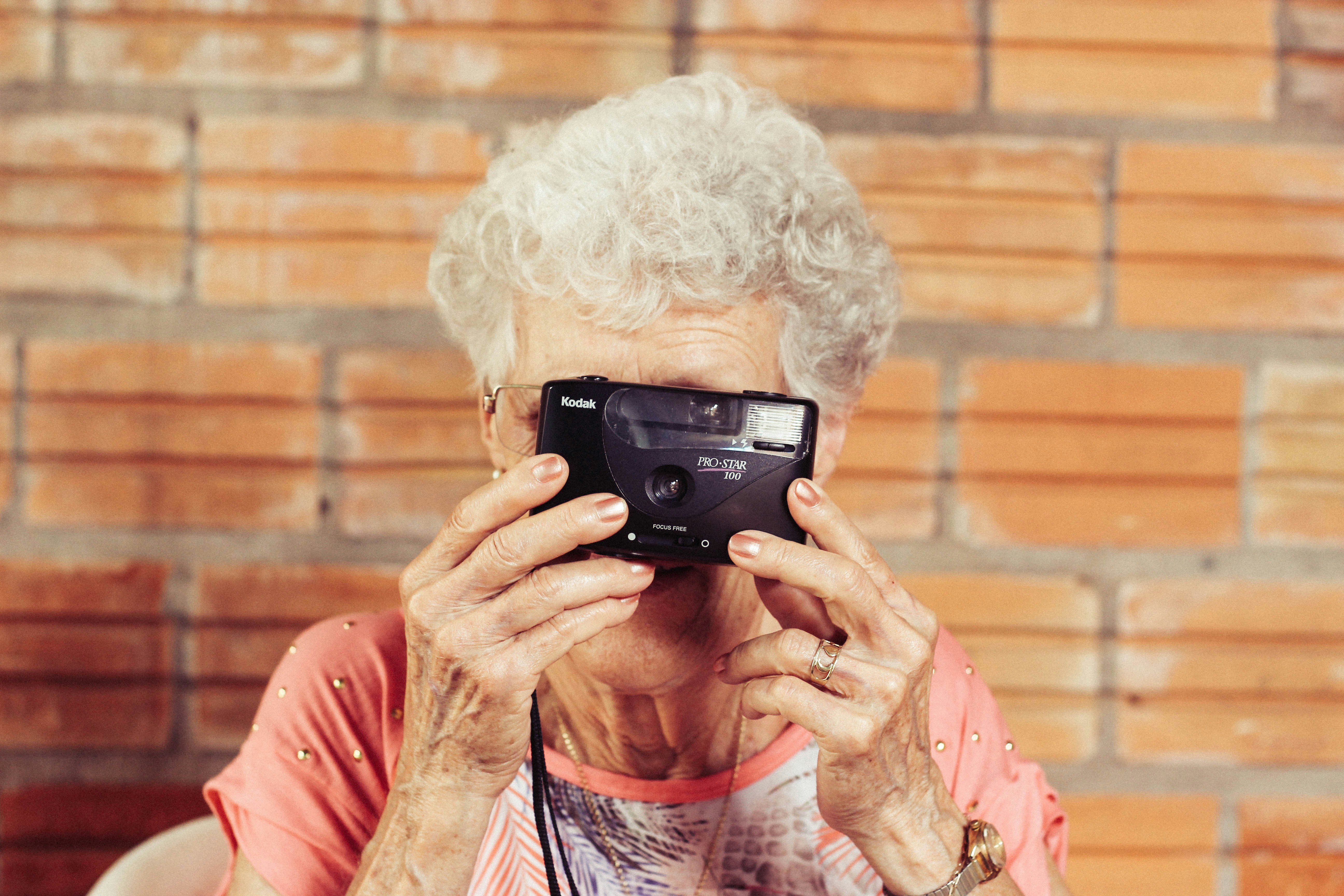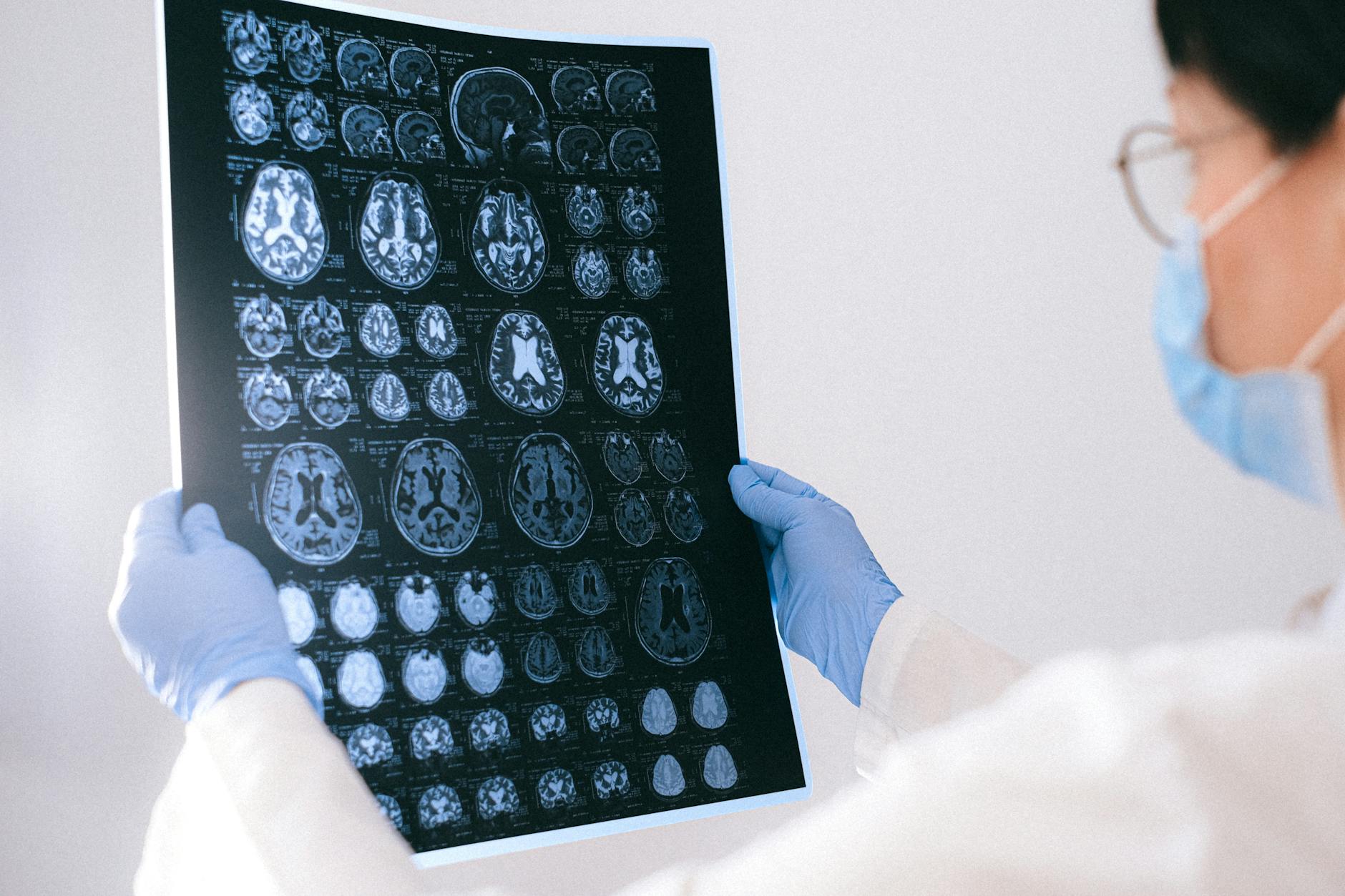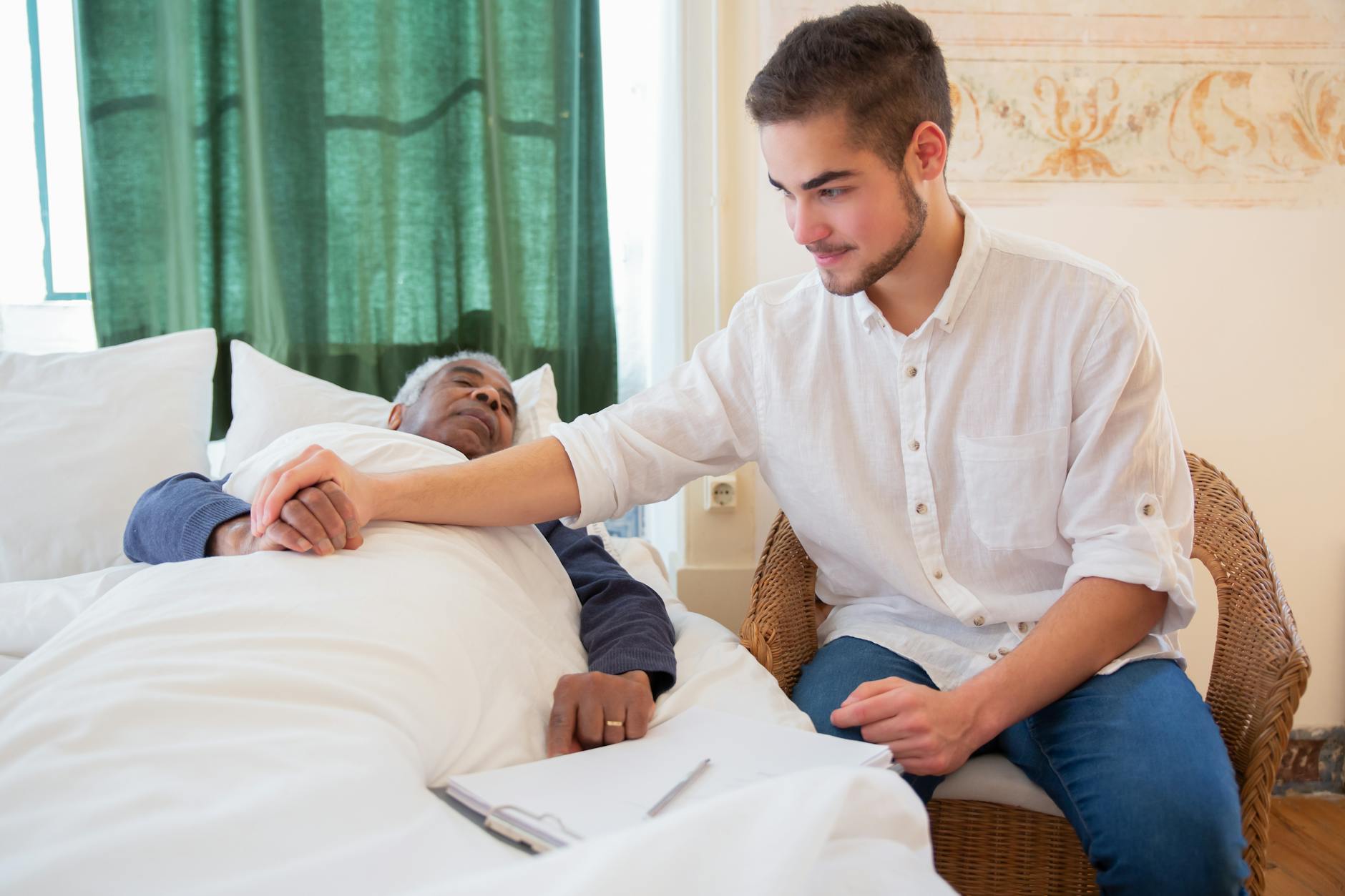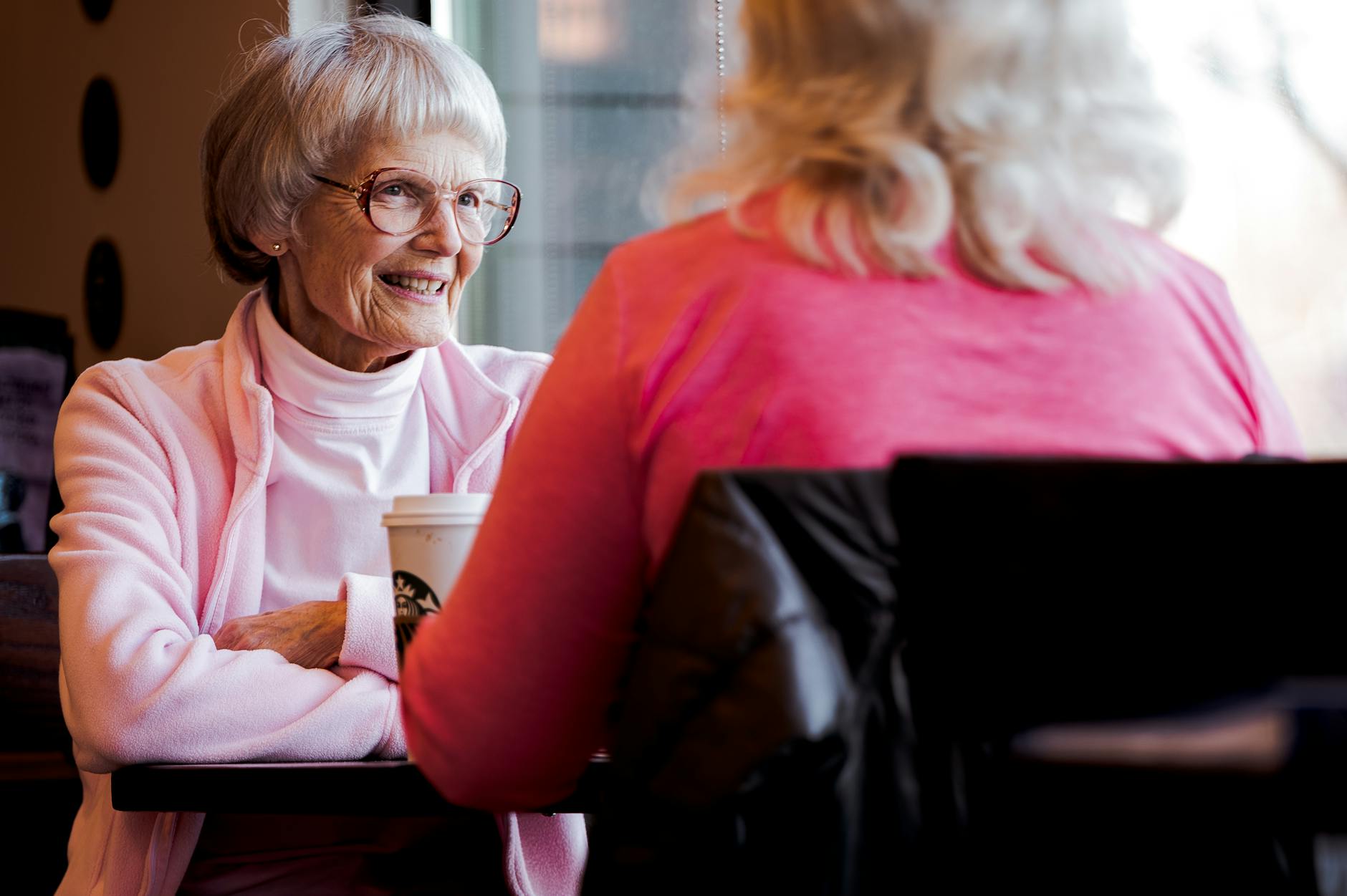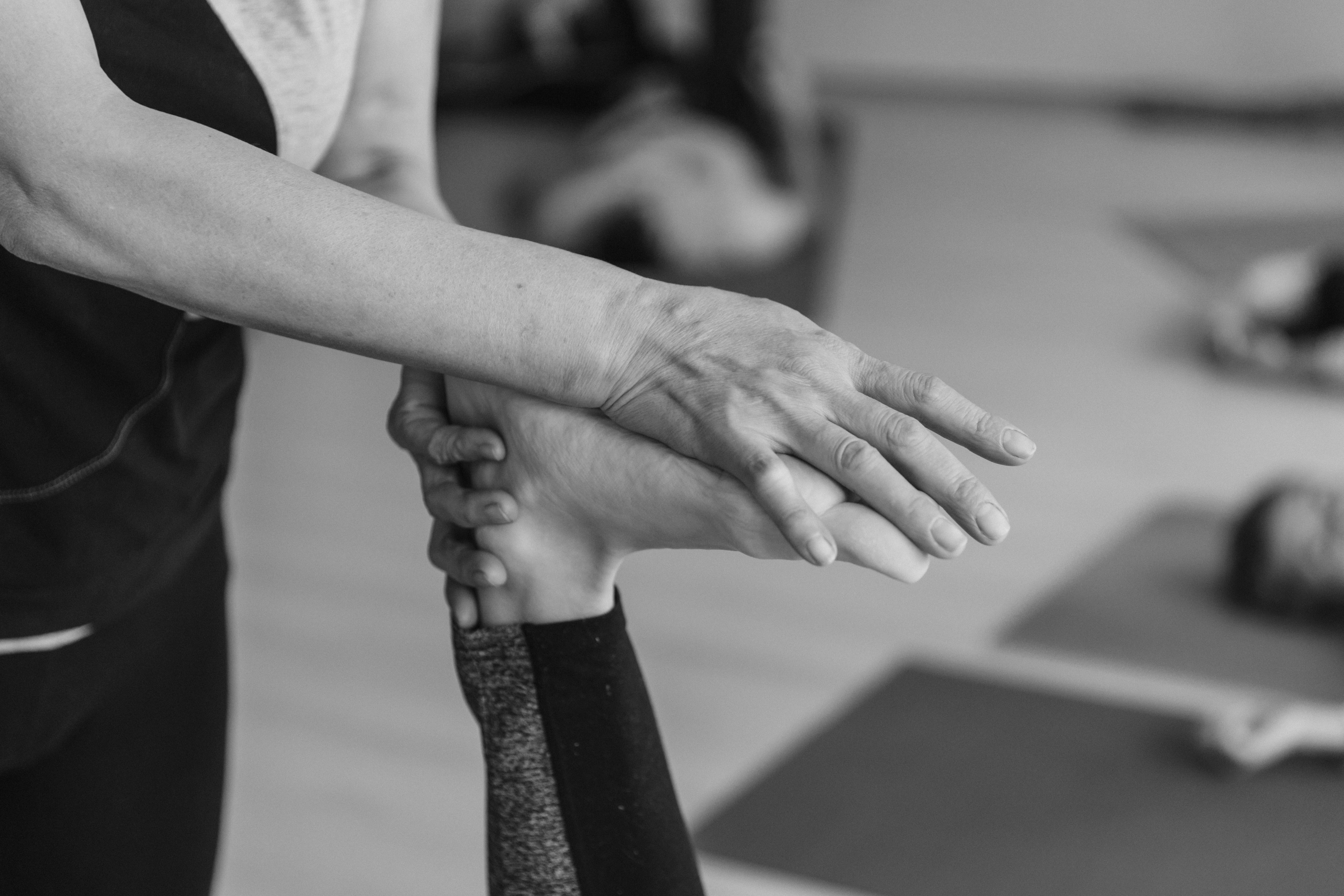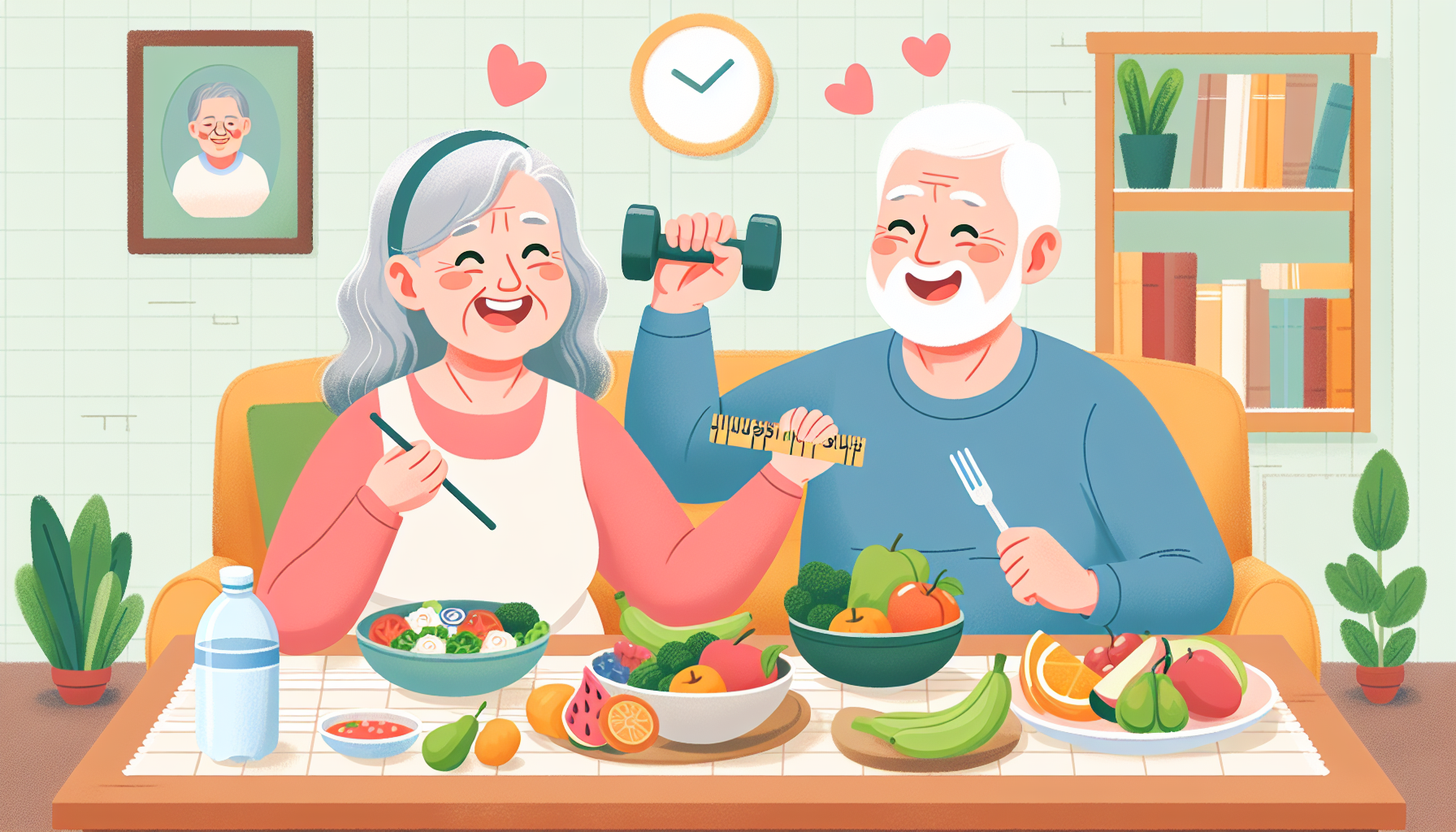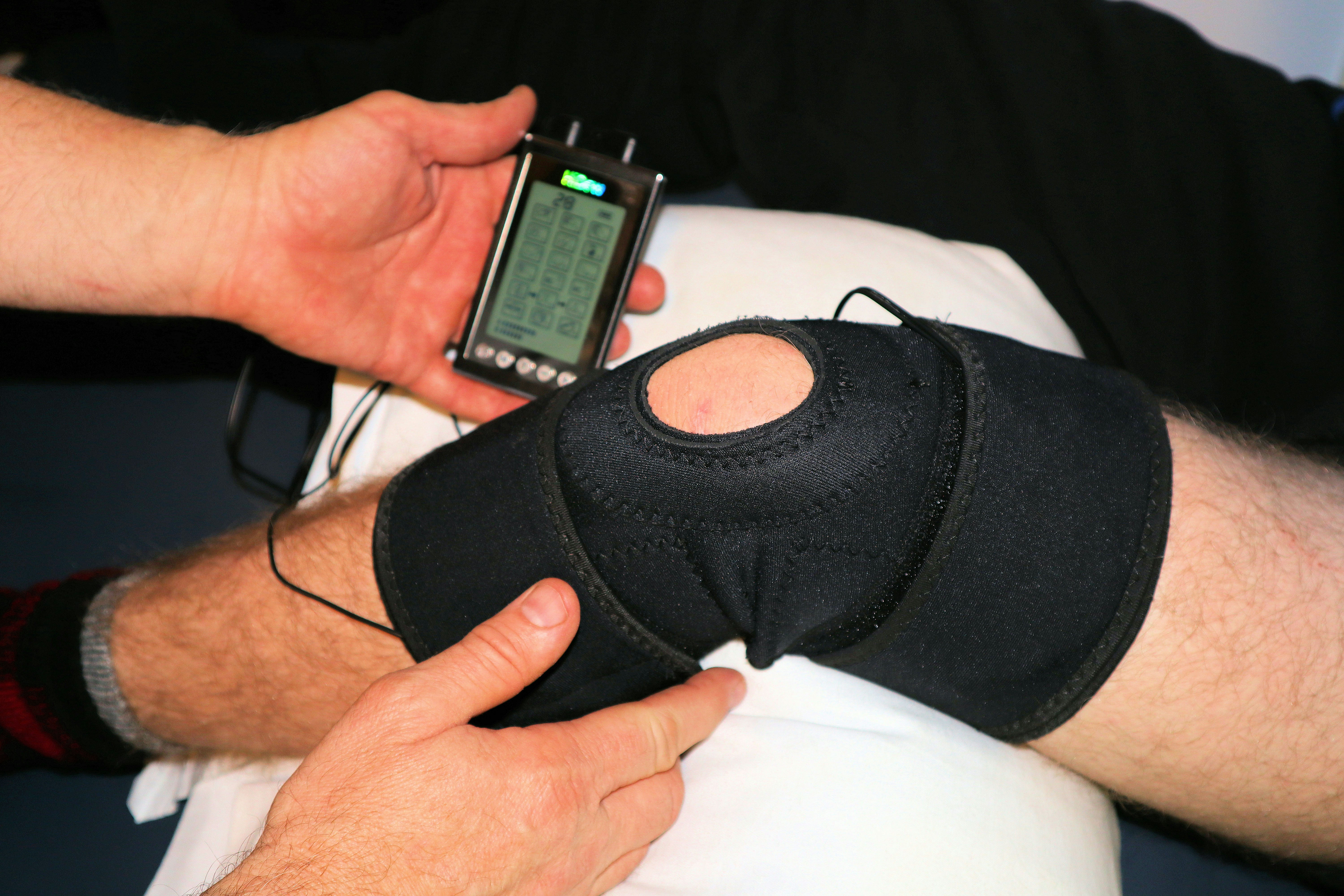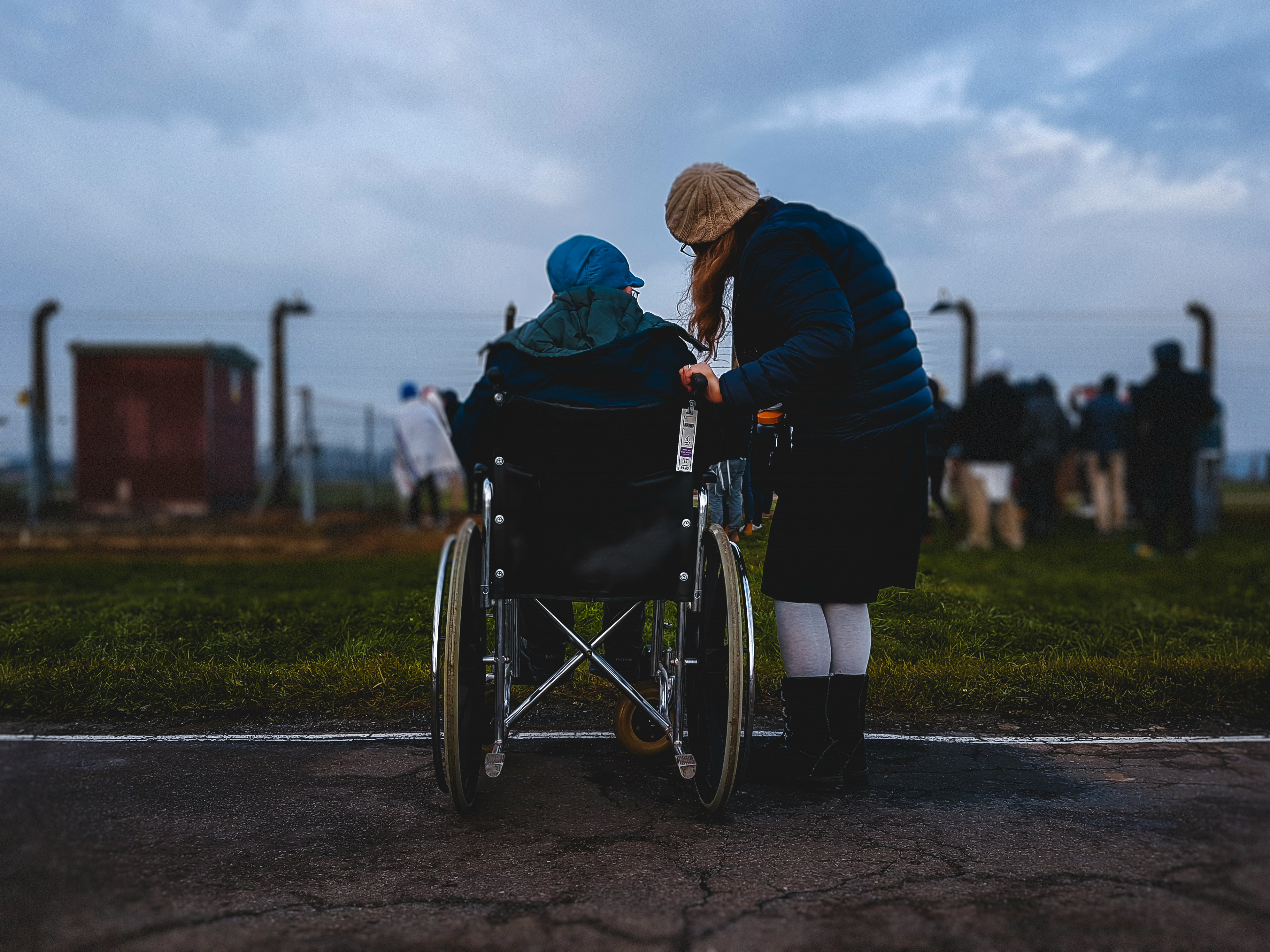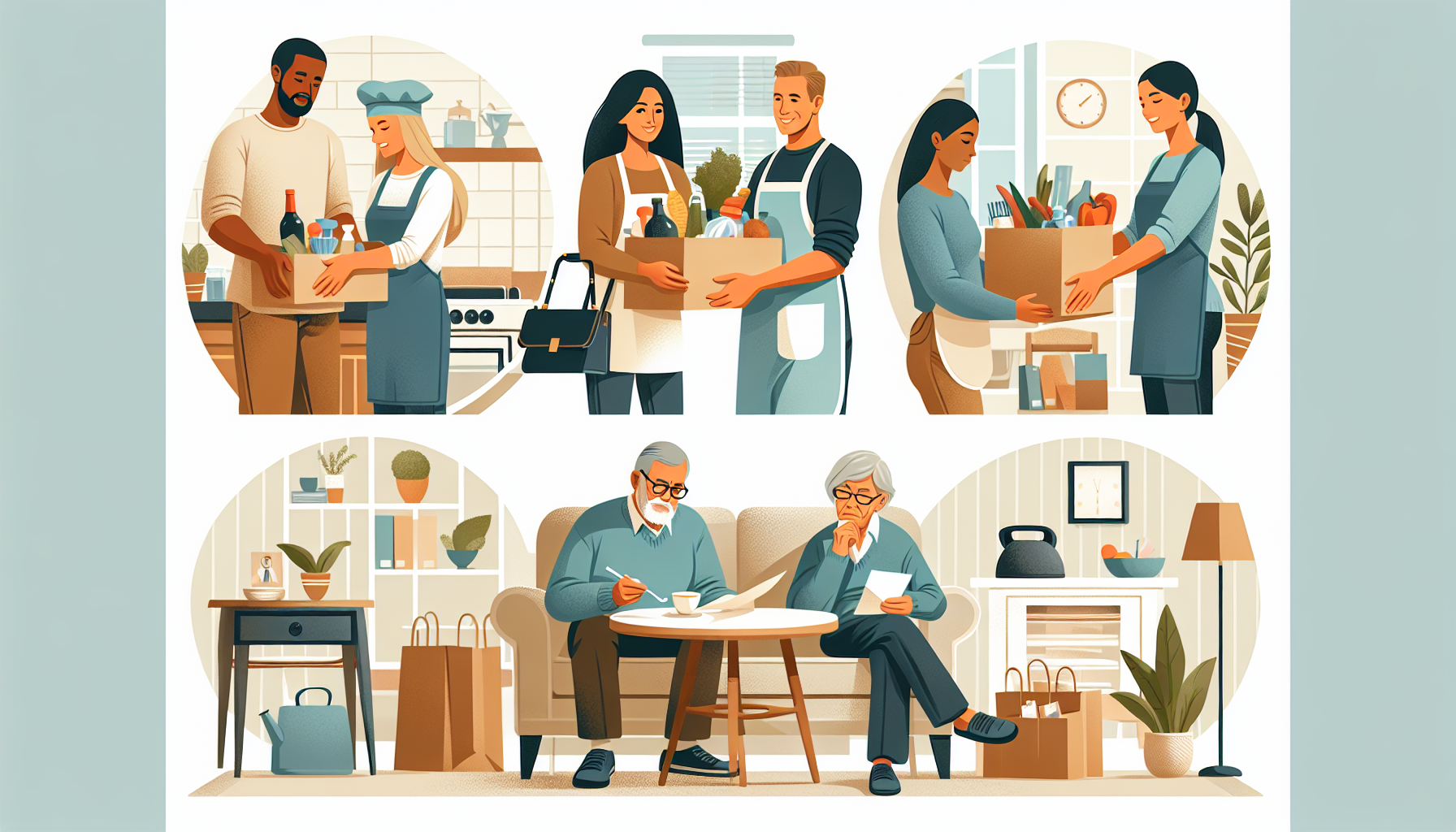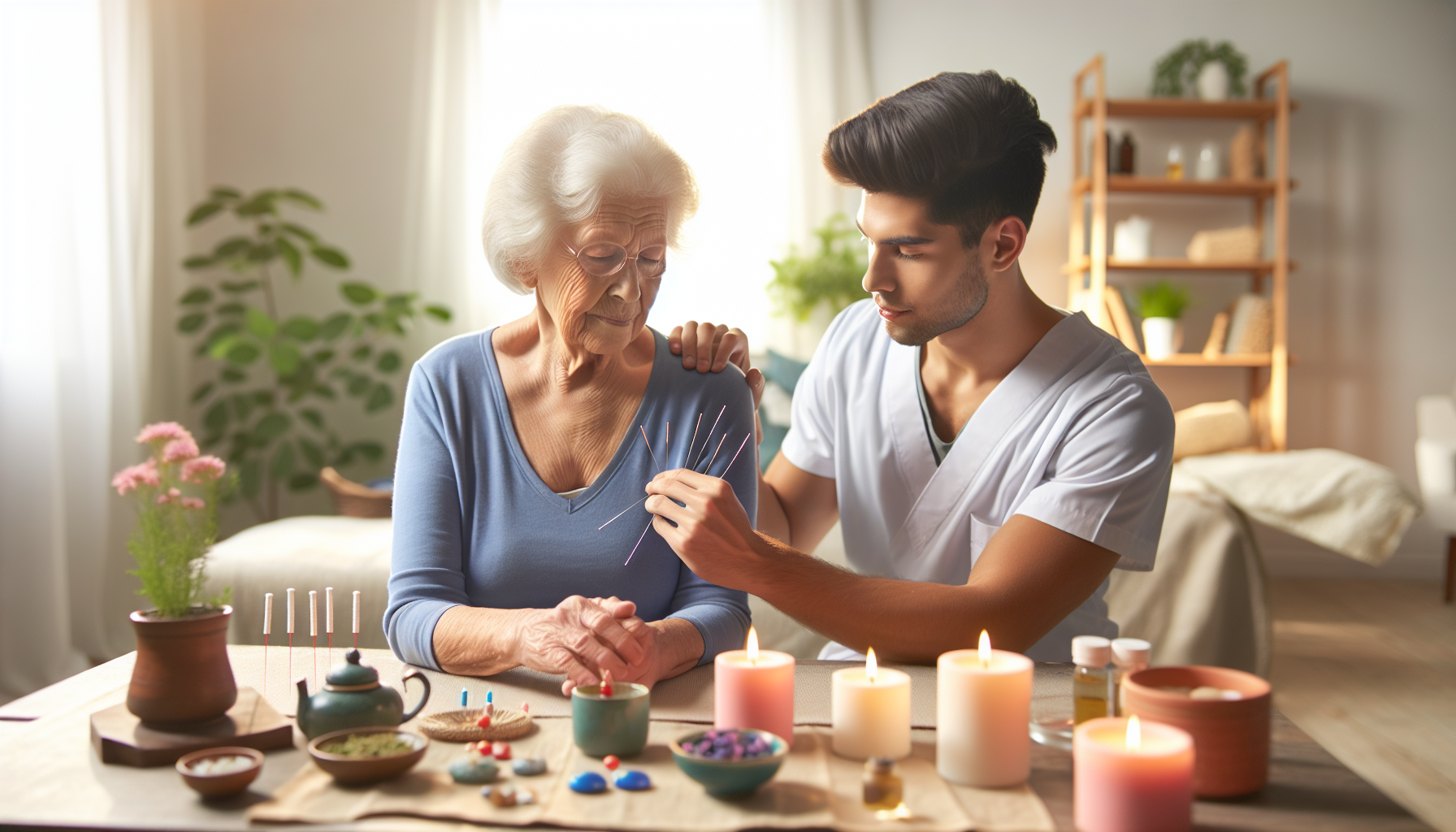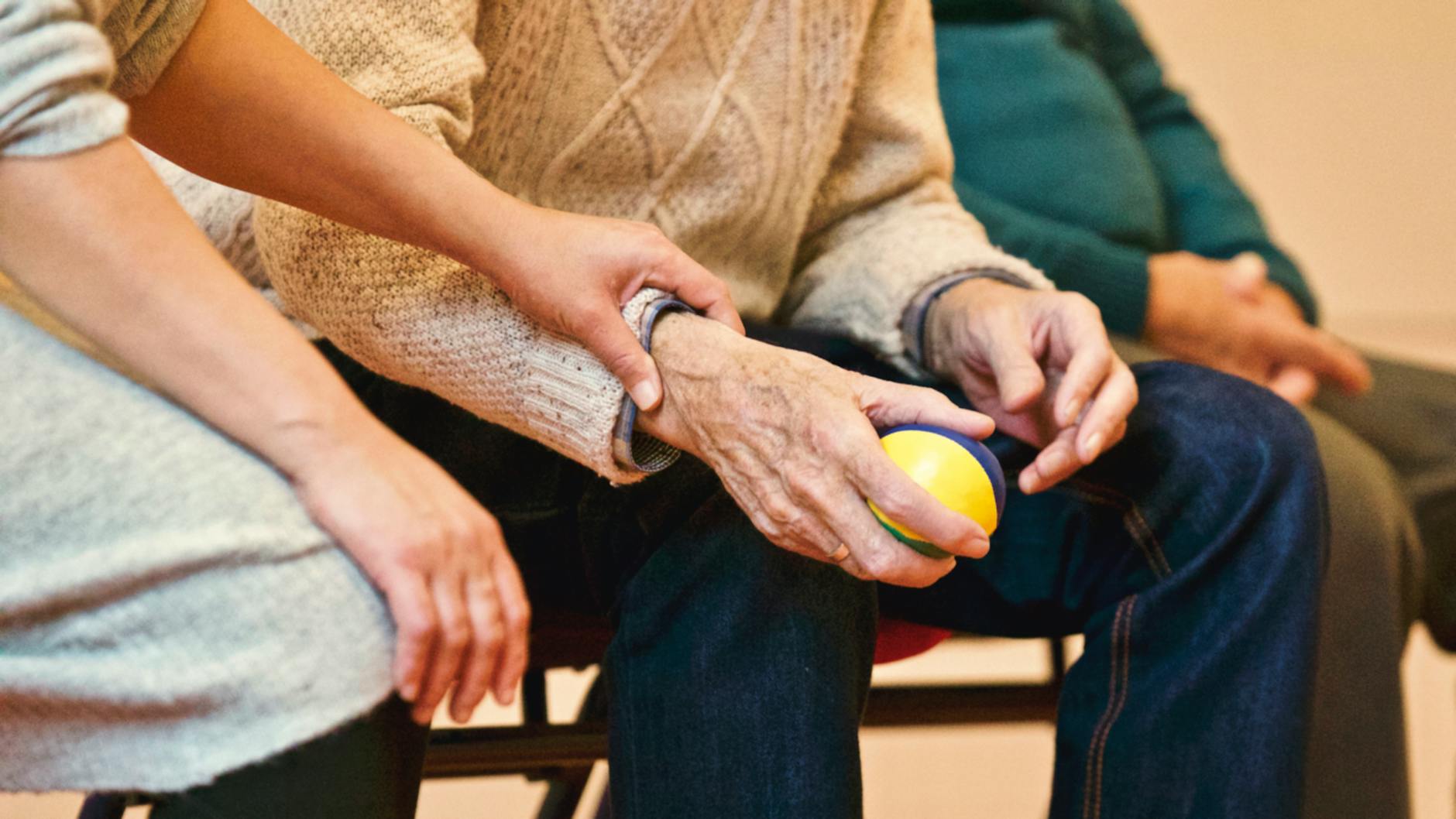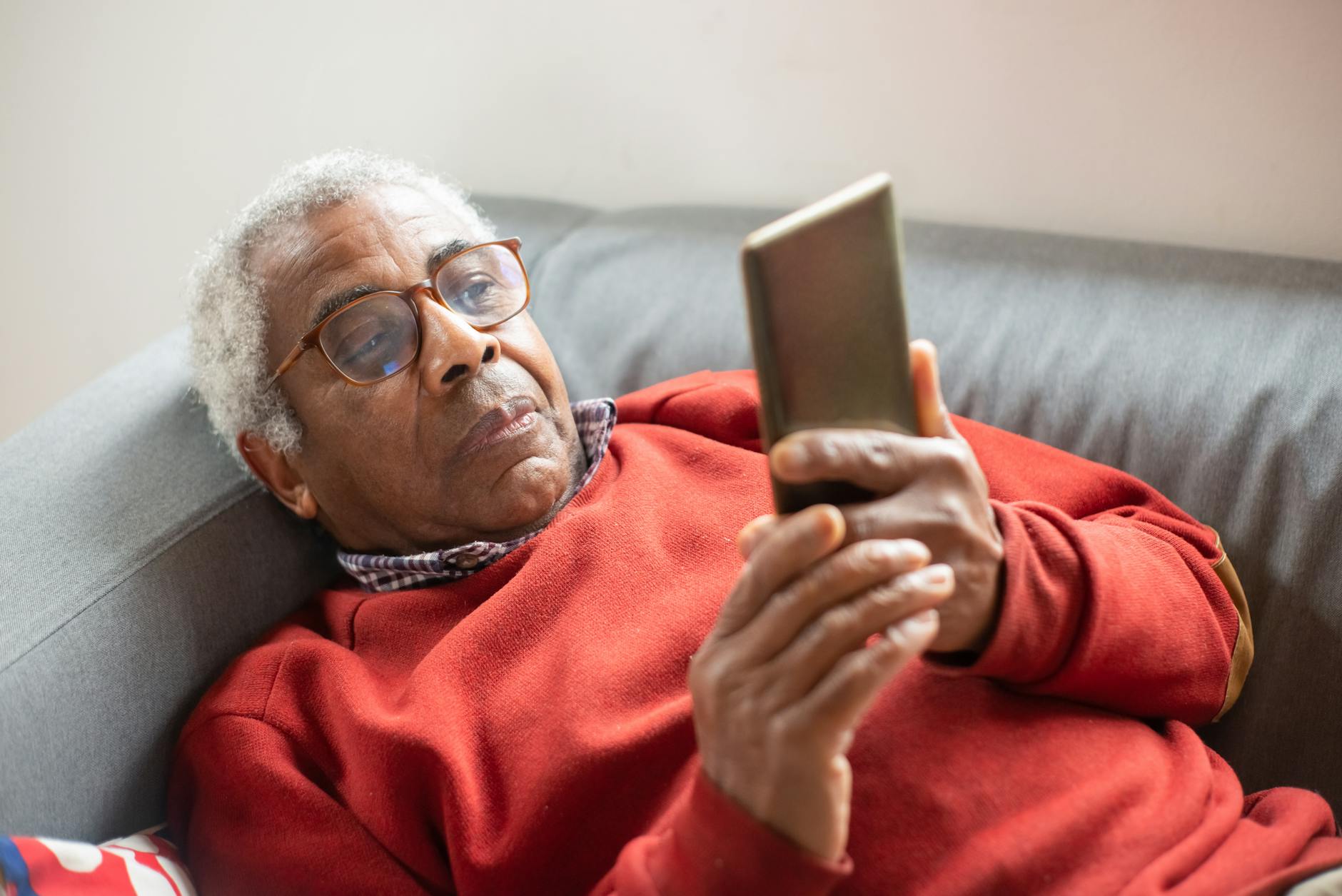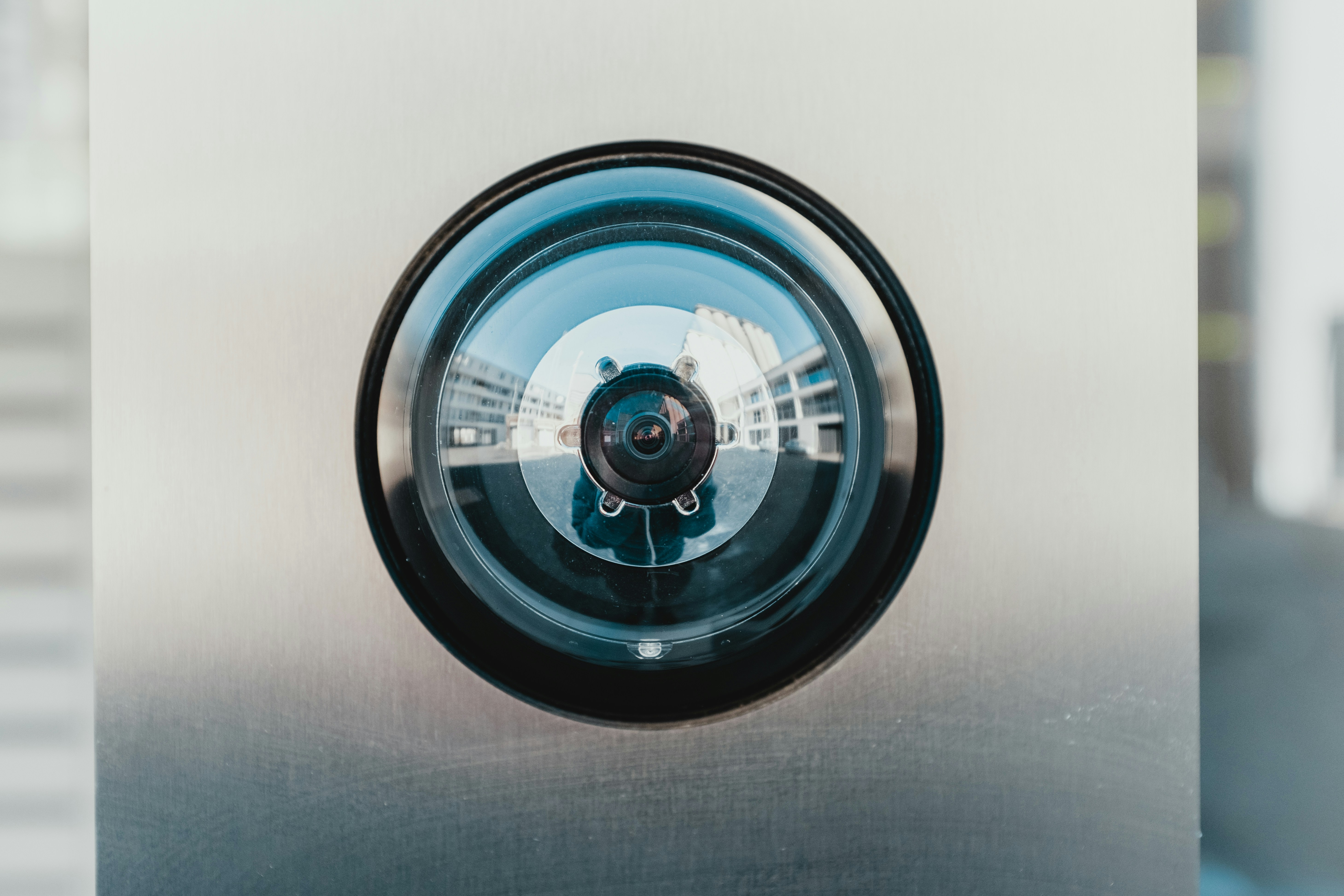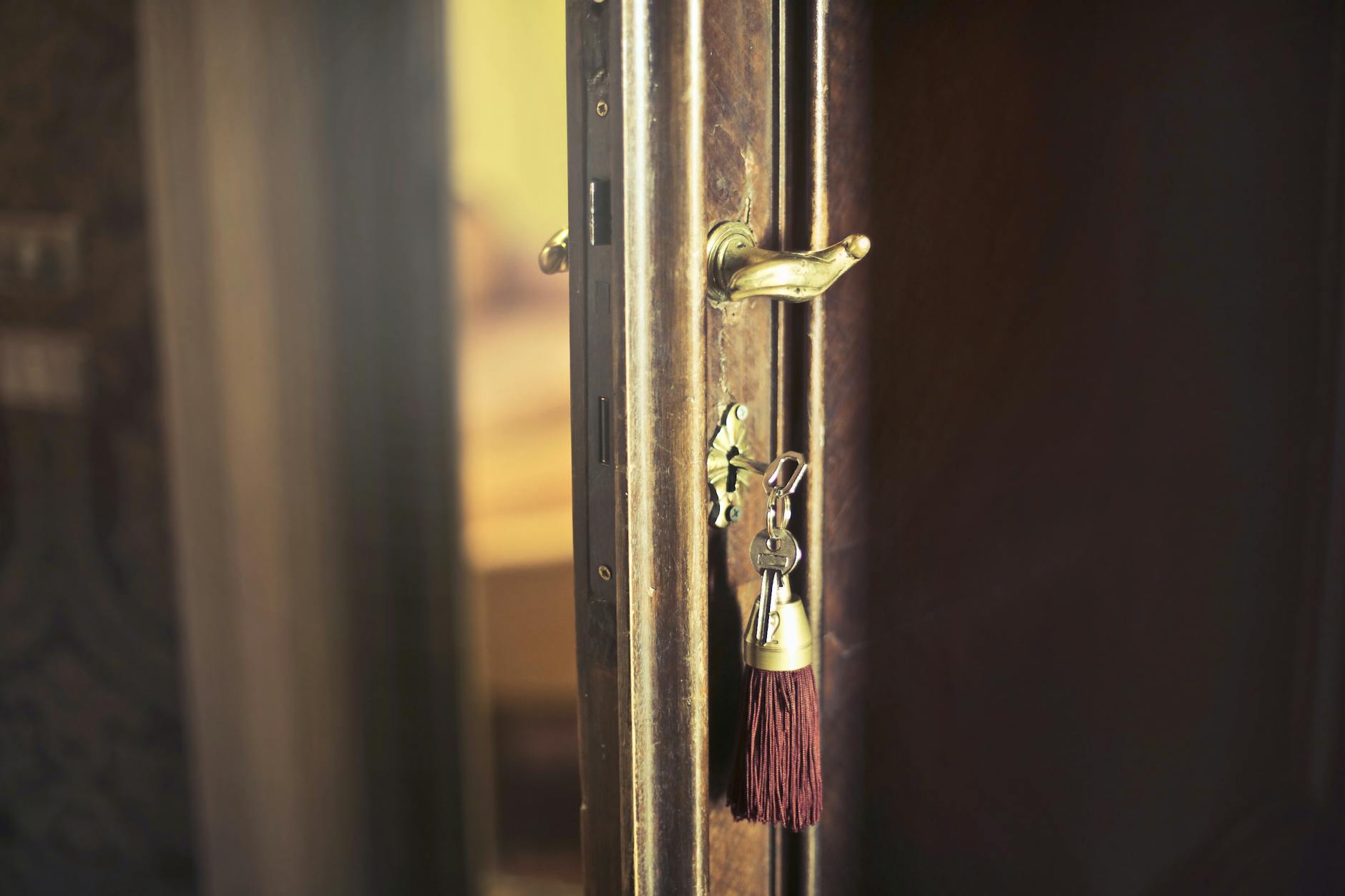Assistance With ADLS In Home Care
Discover essential assistance with activities of daily living (ADLs) in home care.

Lifestyle Management in Concierge Home Care
In concierge home care, lifestyle management plays a vital role in ensuring the well-being and comfort of senior patients. This involves providing assistance with activities of daily living (ADLs) and utilizing assistive technology to enhance their quality of life.
Understanding Assistive Technology
Assistive technology, also known as ADL aids (aids for daily living), encompasses a wide range of tools, devices, software, and equipment that can help individuals adapt to their daily routines and improve their overall experience in life. It includes various mobility aids such as wheelchairs, scooters, walkers, canes, crutches, prosthetic devices, and orthotic devices. Additionally, it includes sensory aids like hearing aids, cognitive aids, and computer software and hardware for individuals with mobility and sensory impairments.
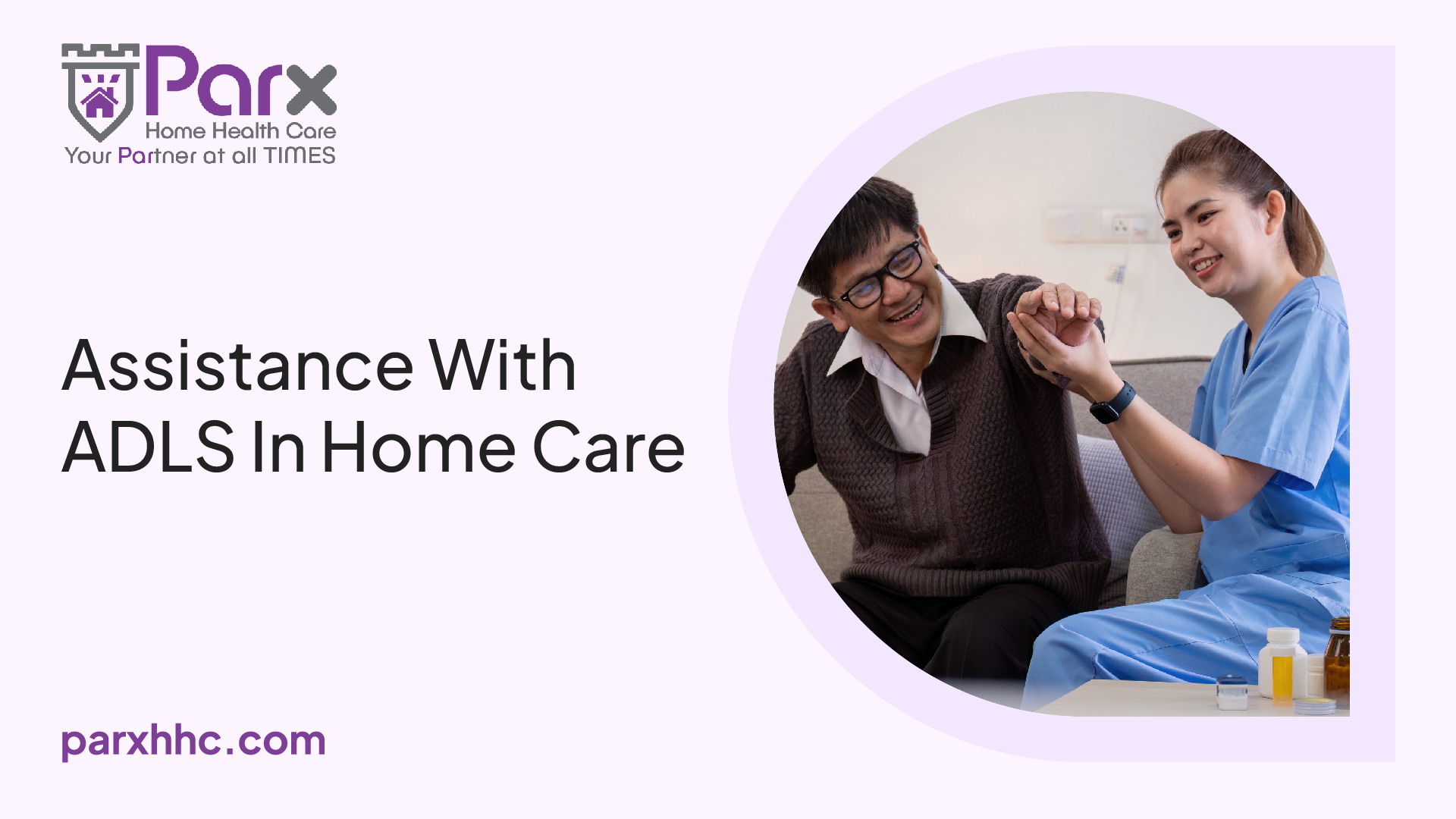
Assistive technology can greatly assist seniors in maintaining their independence and performing daily tasks more easily. For example, adaptive equipment, a subset of assistive technology, is specifically designed for individuals with disabilities and is modified to assist in completing specific tasks. This can include adaptive car equipment, screen readers, and sip-and-puff systems [2]. Daily living devices are another significant category of assistive devices that help individuals with disabilities perform ADLs and instrumental activities of daily living (IADLs) to support independent living at home for as long as possible.
Importance of ADL Assistance
The ability to perform essential Activities of Daily Living (ADLs) is crucial for maintaining a safe and high-quality life. ADLs include tasks such as bathing, dressing, grooming, eating, transferring, and toileting. However, certain health conditions or aging-related issues can make these activities challenging for senior individuals. In such cases, providing assistance with ADLs becomes essential to ensure their well-being and safety.
Assisting with ADLs not only helps seniors maintain their personal hygiene and physical comfort but also promotes their dignity and independence. It can prevent accidents, reduce the risk of falls, and alleviate any discomfort or frustration they may experience. Additionally, ADL assistance can help identify any changes in a senior's health or well-being, as difficulties in performing ADLs may indicate underlying health issues.
Occupational therapists play a crucial role in assessing a patient's ability to perform ADLs. They help determine the need for assistance and evaluate the benefits for disability insurance and long-term care insurance policies. Occupational therapists work with patients to plan improvements and bring resources to support their independence in performing ADLs.
By providing the necessary assistance with ADLs and utilizing assistive technology, concierge home care can enhance the lifestyle and well-being of senior patients. This personalized approach allows them to maintain their independence, improve their confidence, and enjoy a higher quality of life in the comfort of their own homes.
Types of Home Care Professionals
In the field of home care, various professionals play essential roles in providing assistance with activities of daily living (ADLs) for individuals in need. Here are the key types of home care professionals:
Home Health Aides
Home health aides are crucial members of the home care team. They are responsible for assisting clients with personal care tasks, light housekeeping, and meal preparation and serving ALS Association. Depending on the state and the specific organization they work for, home health aides may also provide basic health care-related services under the supervision of a licensed health care professional.
To become a certified home health aide, individuals must complete a minimum of 75 hours of formal training and pass the state's certification examination. It's important to note that home health aides working for a Medicare-certified home health agency must meet these requirements ALS Association.
Certified Nursing Assistants (CNAs)
Certified nursing assistants (CNAs) provide valuable support by assisting in the delivery of nursing care. They perform basic nursing tasks under the supervision of a registered nurse or a licensed practical/vocational nurse. CNAs are trained to provide hands-on care, including bathing, dressing, and feeding individuals.
To become a certified nursing assistant, individuals must complete a minimum of 75 hours of training through a state-approved program and pass the state's certification exam. It is also essential for CNAs to engage in ongoing professional development by completing a minimum of 12 hours of in-service training annually.
Registered Nurses (RNs)
Registered nurses (RNs) play a vital role in the home health setting. They often function as case managers, responsible for coordinating and overseeing all aspects of the client's care through the agency. Registered nurses may also provide hands-on nursing care or delegate tasks to other members of the nursing team.
To become a registered nurse, individuals must complete a nursing education program and pass the national licensing examination. In the home care setting, registered nurses bring their expertise in clinical assessment, medication management, and care planning to ensure the well-being of their clients.
Licensed Practical/Vocational Nurses
Licensed practical/vocational nurses (LPNs/LVNs) are an integral part of the home care team. They work under the direction of a registered nurse and help plan and deliver specific types of nursing care. LPNs/LVNs may assist with tasks such as wound care, medication administration, and monitoring vital signs.
To work as a licensed practical/vocational nurse, individuals must obtain certification and licensure. They undergo formal education and training programs to develop their nursing skills and knowledge. LPNs/LVNs play an important role in supporting the health and well-being of individuals receiving home care.
Each of these home care professionals brings unique skills and expertise to ensure that individuals receive the necessary support with their activities of daily living. By working collaboratively, they contribute to enhancing the quality of life and promoting independence for those in need of care.
Assisted Living vs. Home Care
When it comes to providing assistance with activities of daily living (ADLs), caregivers and senior patients have two primary options to consider: assisted living communities and in-home care services. Each option offers unique benefits and considerations, allowing individuals to choose the one that best suits their needs and preferences.
Assisted Living Communities
Assisted living communities are designed for seniors who need help with activities of daily living, such as bathing, dressing, and eating. These communities provide housing, meals, and social activities, creating a supportive and engaging environment for residents.
One of the key advantages of assisted living communities is the availability of care day and night, as needed. Aides are on staff around the clock to assist with personal care needs, ensuring that residents receive the help they require whenever necessary. Most communities also have on-site nurses and provide access to mobile services for physician appointments and therapy services.
Assisted living communities offer a range of services and amenities, including assistance with ADLs, medication management, transportation, housekeeping, and social activities. They provide a comprehensive care approach that addresses both the physical and social aspects of a senior's well-being.
In-Home Care Services
In-home care services allow seniors to receive an assisted living level of care within the comfort of their own homes. This option is particularly beneficial for individuals who prefer to age in place or require specialized care that can be provided at home. In-home care can be divided into two categories: standard home care and home health care.
Standard home care focuses on companionship and support with daily activities. Caregivers assist seniors with tasks such as bathing, dressing, grooming, meal preparation, medication reminders, and light housekeeping. This level of care provides older adults with the necessary support while allowing them to maintain their independence and familiar surroundings [4].
Home health care, on the other hand, offers nursing assistance along with personal care tasks. This may include wound care, administering IVs or injections, and monitoring vital signs. Home health care is suitable for individuals with more complex medical needs who require skilled nursing services in addition to assistance with ADLs.
The decision between assisted living and in-home care depends on various factors, including the level of care required, personal preferences, and financial considerations. It's important to assess the specific needs of the senior and explore the available options to make an informed decision.
Figures courtesy Genworth
Costs may vary depending on the location, with California having a median monthly cost of $6,101 for home health aide services and Louisiana at $3,718 for the same service.
Both assisted living communities and in-home care services provide valuable support for seniors with ADLs. Caregivers and senior patients should carefully evaluate their needs and preferences to determine the most suitable option that aligns with their lifestyle and desired level of care.
Tools and Equipment for ADLs
When it comes to assisting individuals with activities of daily living (ADLs) in the context of home care, there are various tools and equipment available to support their needs. These tools and equipment, often categorized as assistive technology, adaptive equipment, and daily living devices, are designed to enhance independence and improve the overall quality of life for individuals requiring assistance.
Assistive Technology Products
Assistive technology refers to a wide range of tools, aids, devices, software, and equipment that can help individuals adapt to daily living and improve their overall experience. It encompasses a variety of products designed to assist individuals with mobility, sensory, cognitive, and other impairments. Examples of assistive technology products include:
These assistive technology products are tailored to meet the specific needs of individuals, enabling them to participate in daily activities with greater independence and ease. Organizations such as Shirley Ryan AbilityLab and Infogrip offer a wide range of assistive technology products to support individuals with disabilities.
Adaptive Equipment
Adaptive equipment is a subcategory of assistive technology that is specifically designed for individuals with disabilities. This equipment is modified to assist in completing specific tasks and activities, promoting independence and autonomy. Some examples of adaptive equipment include:
Adaptive equipment plays a vital role in helping individuals with disabilities overcome barriers and accomplish tasks that may otherwise be challenging. It enhances their ability to perform ADLs and promotes a greater sense of independence and self-sufficiency. Organizations like the UDS Foundation provide a variety of adaptive equipment options to support individuals with disabilities.
Daily Living Devices
Daily living devices are another significant category of assistive devices designed to support individuals with disabilities in performing ADLs and instrumental activities of daily living (IADLs). These devices are specifically created to facilitate independent living at home for as long as possible. Examples of daily living devices include:
These daily living devices enable individuals to maintain their independence and perform essential tasks with greater ease and confidence. They contribute to a safe and supportive home environment, allowing individuals to continue their daily routines with minimal assistance.
Assistive technology products, adaptive equipment, and daily living devices are essential tools in providing effective ADL assistance in home care settings. By incorporating these tools and equipment, caregivers can enhance the independence, safety, and overall well-being of individuals requiring assistance with their daily activities.
Assessing Activities of Daily Living
When providing care in a home setting, it is crucial to assess an individual's ability to perform Activities of Daily Living (ADLs). Assessments help determine the level of assistance required and ensure appropriate care support is provided. Two commonly used tools for screening and assessing ADLs are the Katz Index of Independence in Activities of Daily Living and the Lawton Instrumental Activities of Daily Living (IADL) Scale.
Screening and Assessment Tools
The Katz Index of Independence in Activities of Daily Living is a checklist that evaluates an individual's independence in six basic ADLs: bathing, dressing, toileting, transferring, continence, and feeding. Each activity is assigned a score of either dependent or independent, allowing caregivers to assess the level of assistance required.
The Lawton Instrumental Activities of Daily Living (IADL) Scale expands upon the Katz Index by assessing an individual's ability to perform more complex tasks necessary for independent living, such as meal preparation, medication management, housekeeping, and managing finances. This scale provides a broader understanding of an individual's functional abilities beyond the basic ADLs.
By utilizing these screening and assessment tools, caregivers and healthcare professionals can gain insights into an individual's functional capabilities and determine the appropriate level of care and support needed.
Role of Occupational Therapists
Occupational therapists play a vital role in assessing an individual's ability to perform ADLs. They are trained to evaluate physical, cognitive, and psychological factors that may impact a person's independence in daily activities. Occupational therapists work closely with patients to develop personalized plans to improve their ability to perform ADLs and bring resources to support independence.
In addition to evaluating ADLs, occupational therapists also consider the individual's home environment, making recommendations for modifications or adaptive equipment that can enhance independence and safety. They collaborate with caregivers and other healthcare professionals to establish goals and develop strategies to support individuals in their daily activities.
The expertise of occupational therapists in assessing ADLs is invaluable in determining the level of care and assistance required. They are instrumental in helping individuals maintain or regain independence, contributing to their overall well-being and quality of life.
By utilizing screening and assessment tools and involving occupational therapists, caregivers and healthcare professionals can ensure that individuals receive the appropriate support and care they need to maintain their independence and enhance their quality of life.
Supporting ADLs in Different Stages
As dementia progresses, individuals may require varying levels of assistance with activities of daily living (ADLs). The level of support needed depends on the stage of dementia and the individual's abilities. In this section, we will explore the support required for ADLs in mild, moderate, and severe stages of dementia.
Mild Dementia
In the early stage of dementia, individuals may still maintain a certain level of independence and require minimal assistance with basic ADLs such as dressing, grooming, eating, bathing, and toileting. However, it is important for caregivers to provide support and supervision to ensure safety and maintain a routine.
Caregivers can implement strategies such as:
Moderate Dementia
In the moderate stage of dementia, more complex instrumental ADLs become challenging or impossible for individuals. These activities may include work, medication management, and handling personal finances. While mobility is often still good, safety becomes a concern for caregivers.
At this stage, caregivers may need to take on increased responsibilities, which can lead to stress and anxiety among family members and caregivers. It is important for caregivers to seek support and respite care to prevent burnout and ensure the well-being of both the individual with dementia and themselves.
Severe Dementia
In the severe stage of dementia, individuals experience a significant loss of independence and rely heavily on caregivers for assistance with most, if not all, ADLs [5]. They may require direct help with bathing, toileting, and other basic ADLs. Safety issues and wandering become more prevalent, necessitating constant monitoring.
Caregivers should focus on providing consistent and direct care to meet the individual's needs. This may involve implementing a structured routine, utilizing assistive devices, and ensuring a safe environment. Seeking support from healthcare professionals and support groups can help caregivers navigate the challenges associated with providing care at this stage.
Strategies for assisting with ADLs vary depending on the stage of dementia. From minimal assistance in mild dementia to significant assistance in severe dementia, caregivers play a crucial role in supporting individuals with dementia in their daily activities. It is important to adapt and modify approaches as the disease progresses, ensuring the comfort, safety, and dignity of those with dementia.
References
[1]: https://www.sralab.org/lifecenter/resources/listing-assistive-technology-and-aids-daily-living
[2]: https://udservices.org/assistive-devices-disabilities/
[3]: https://www.ncbi.nlm.nih.gov/books/NBK470404/
[4]: https://www.aplaceformom.com/caregiver-resources/articles/assisted-living-vs-home-care
[5]: https://www.atrainceu.com/content/8-assistance-activities-daily-living-adls




